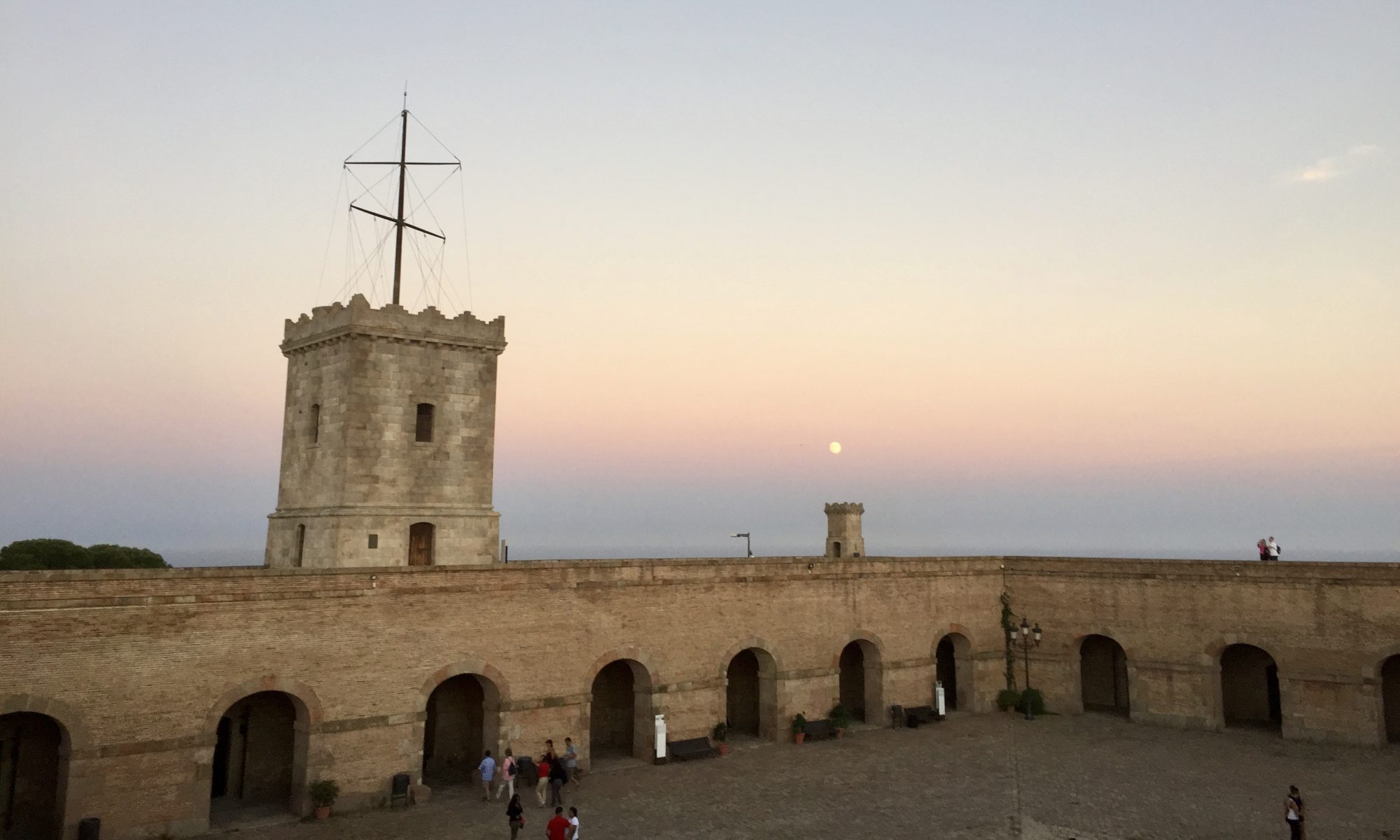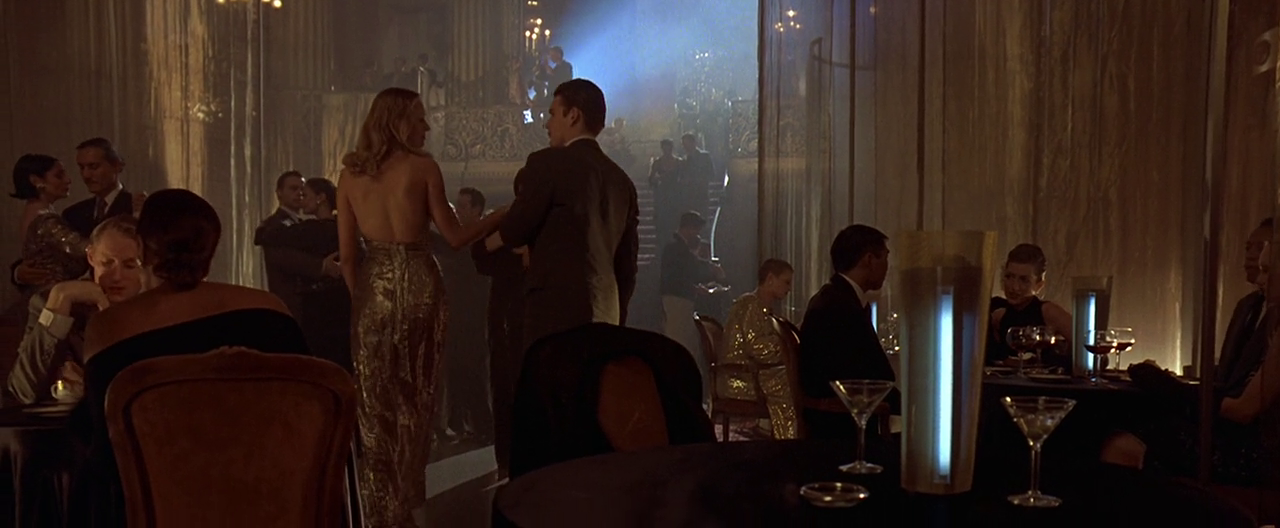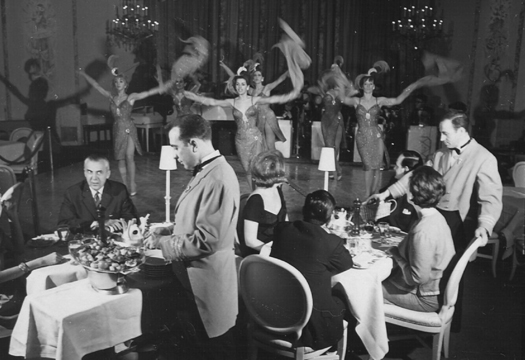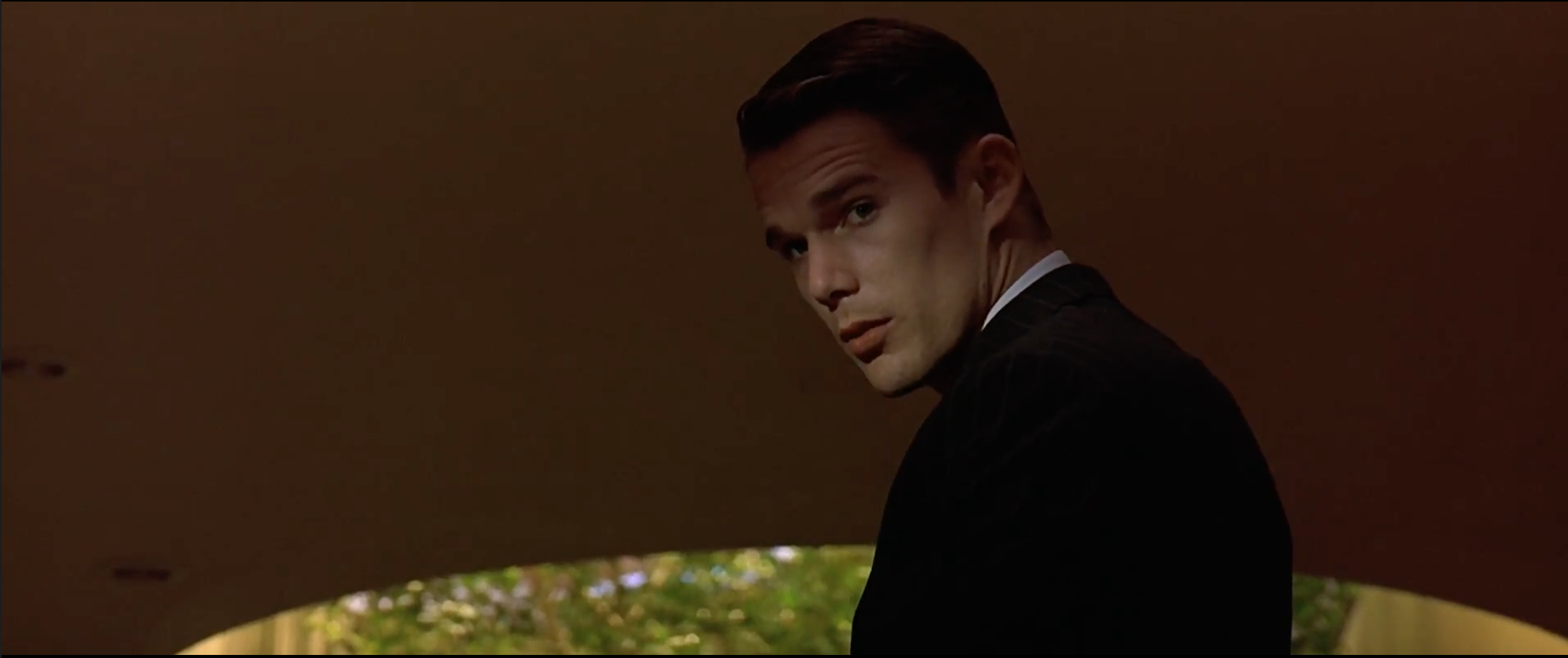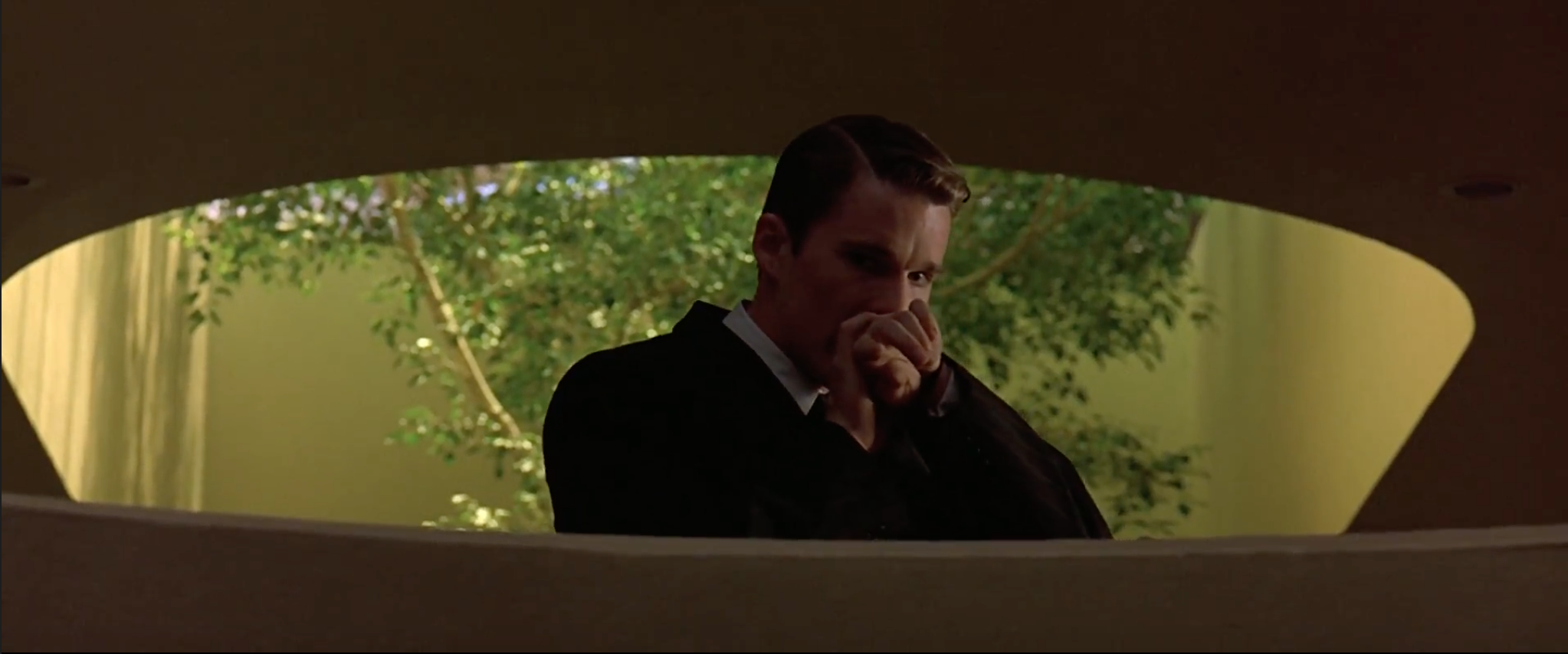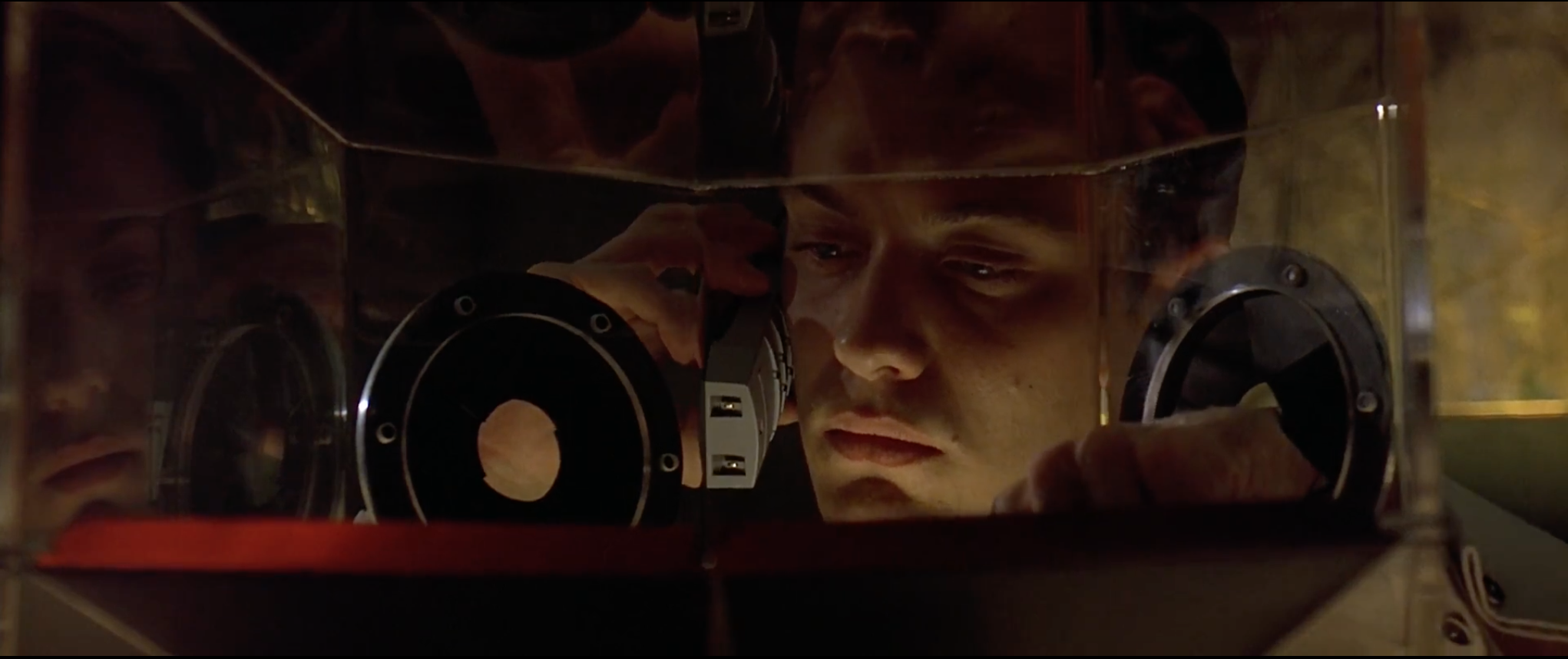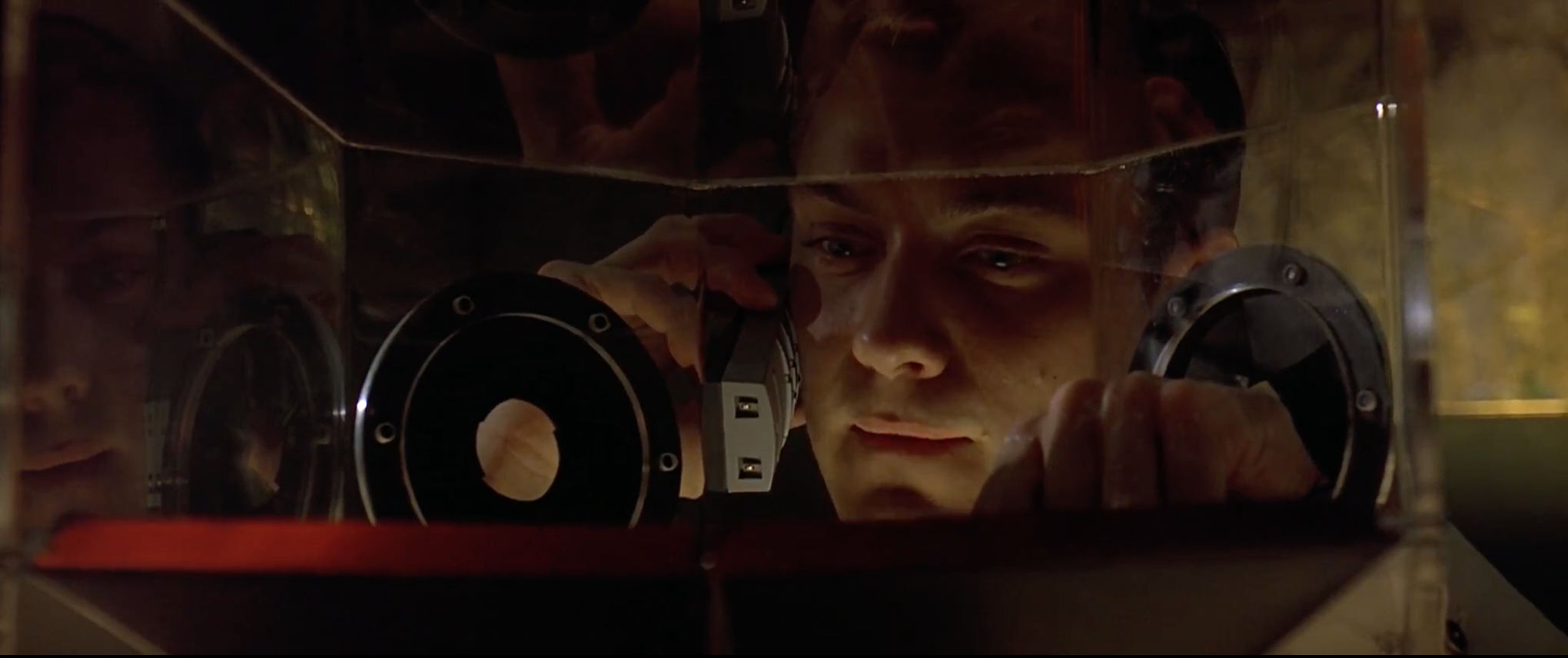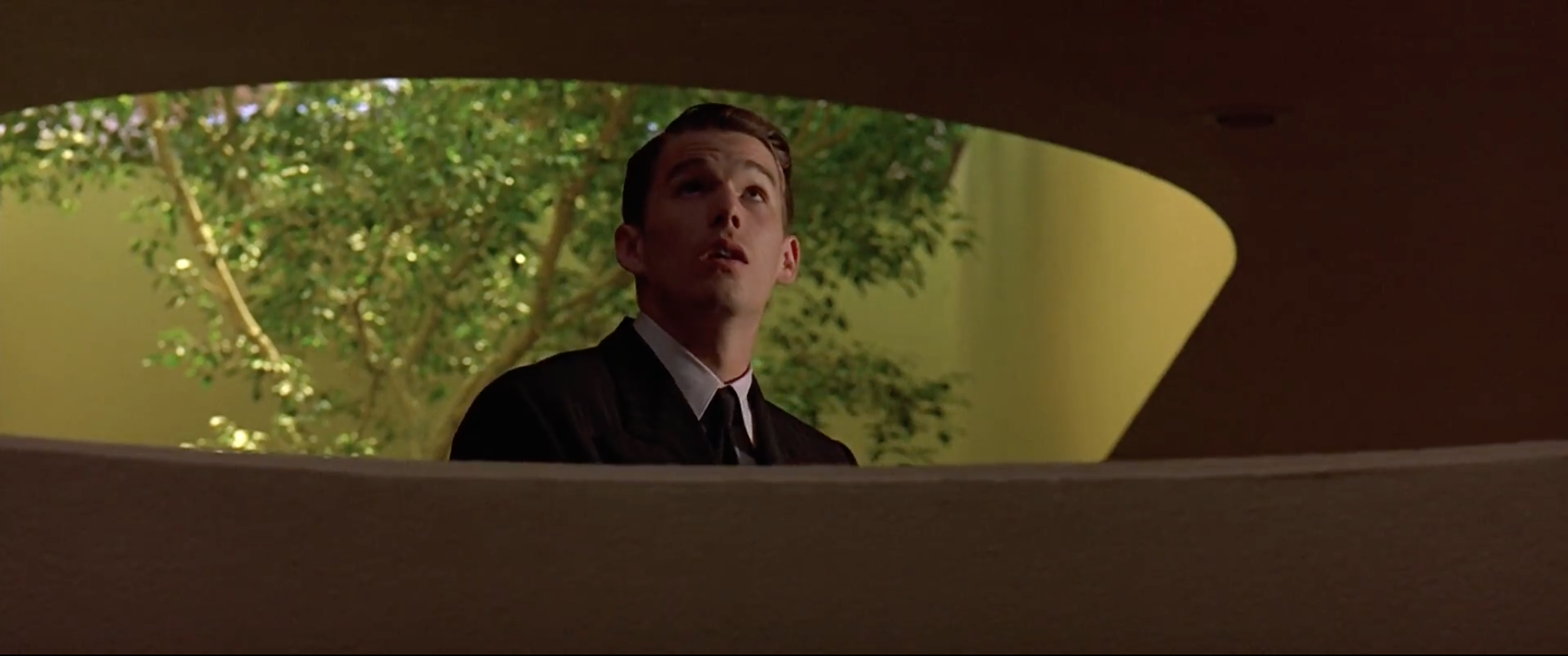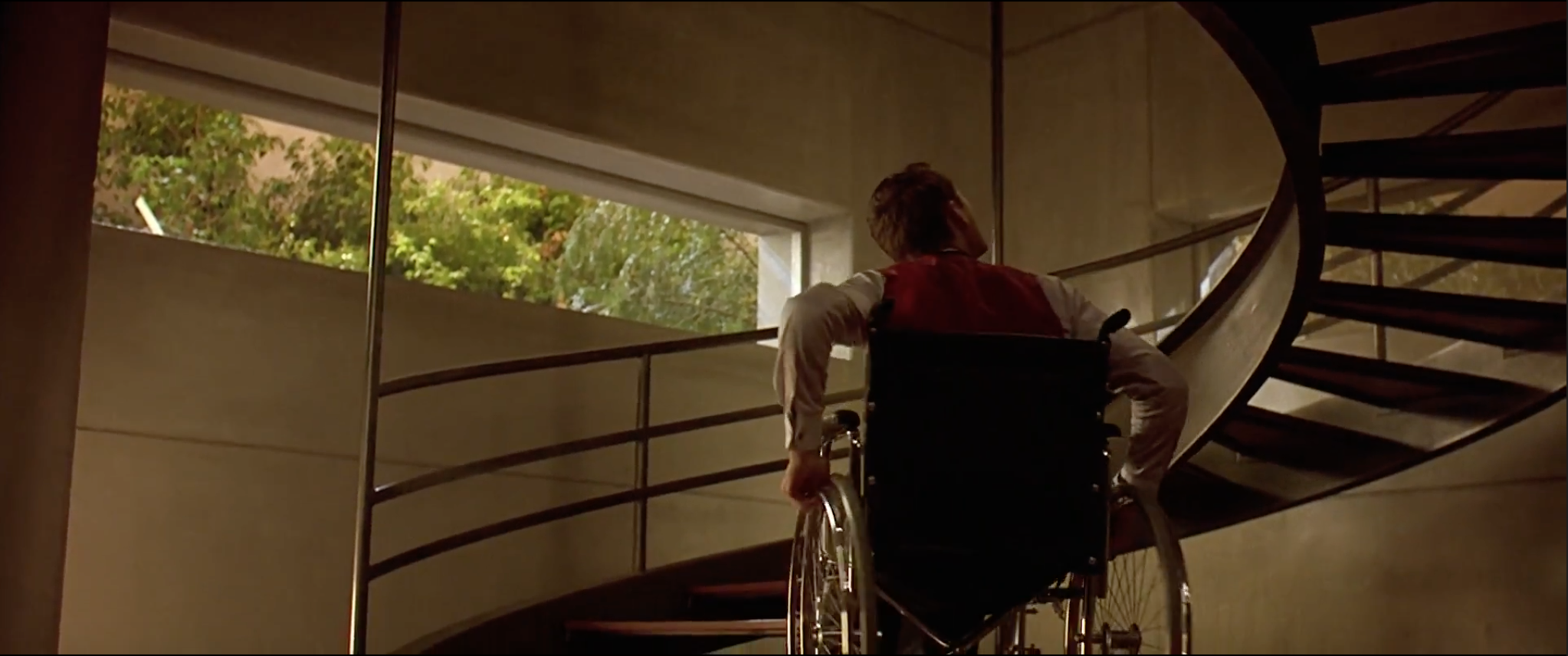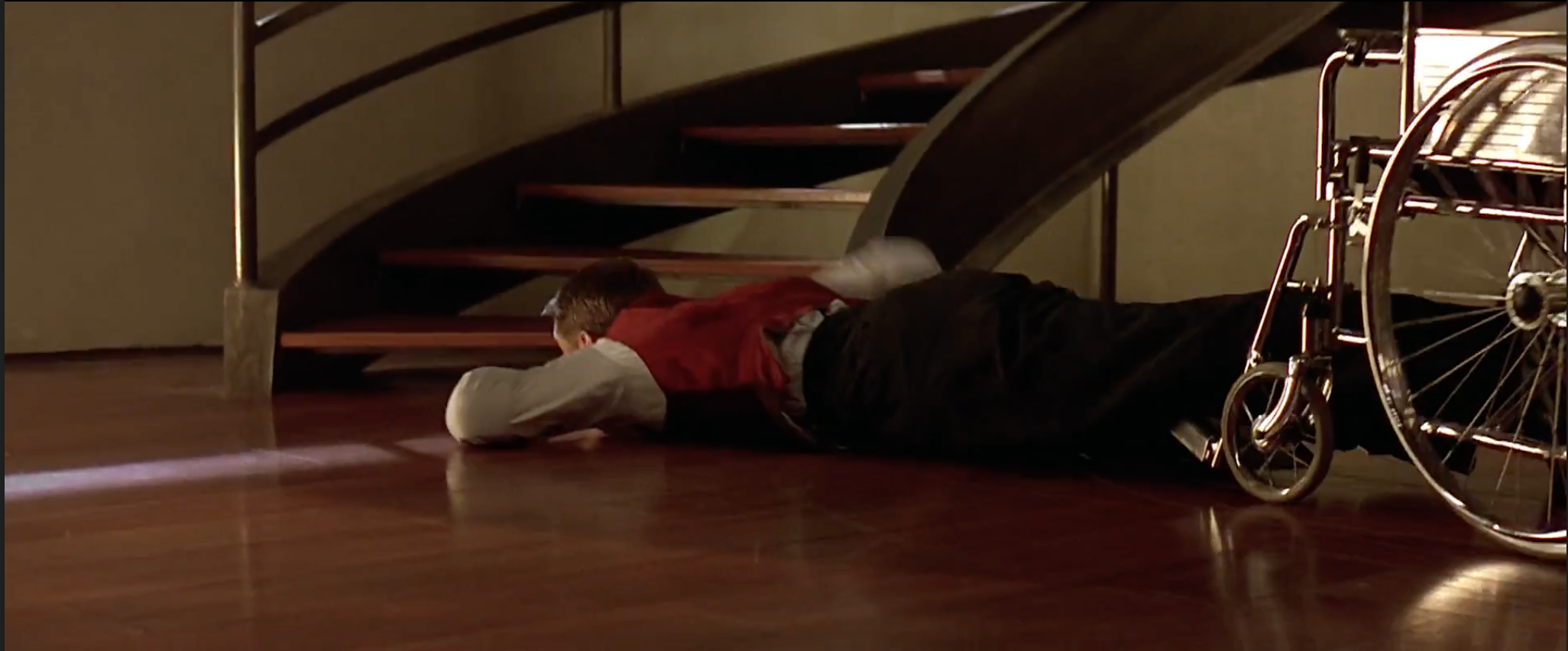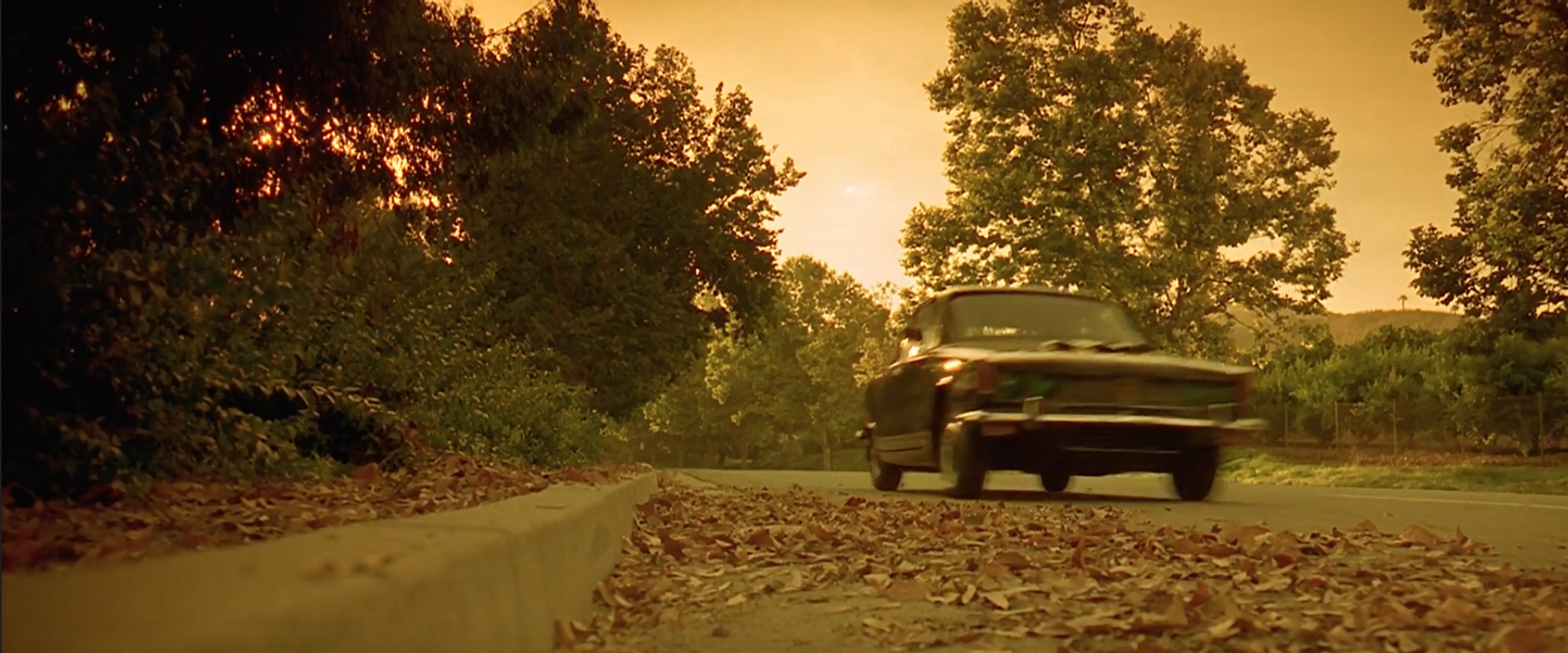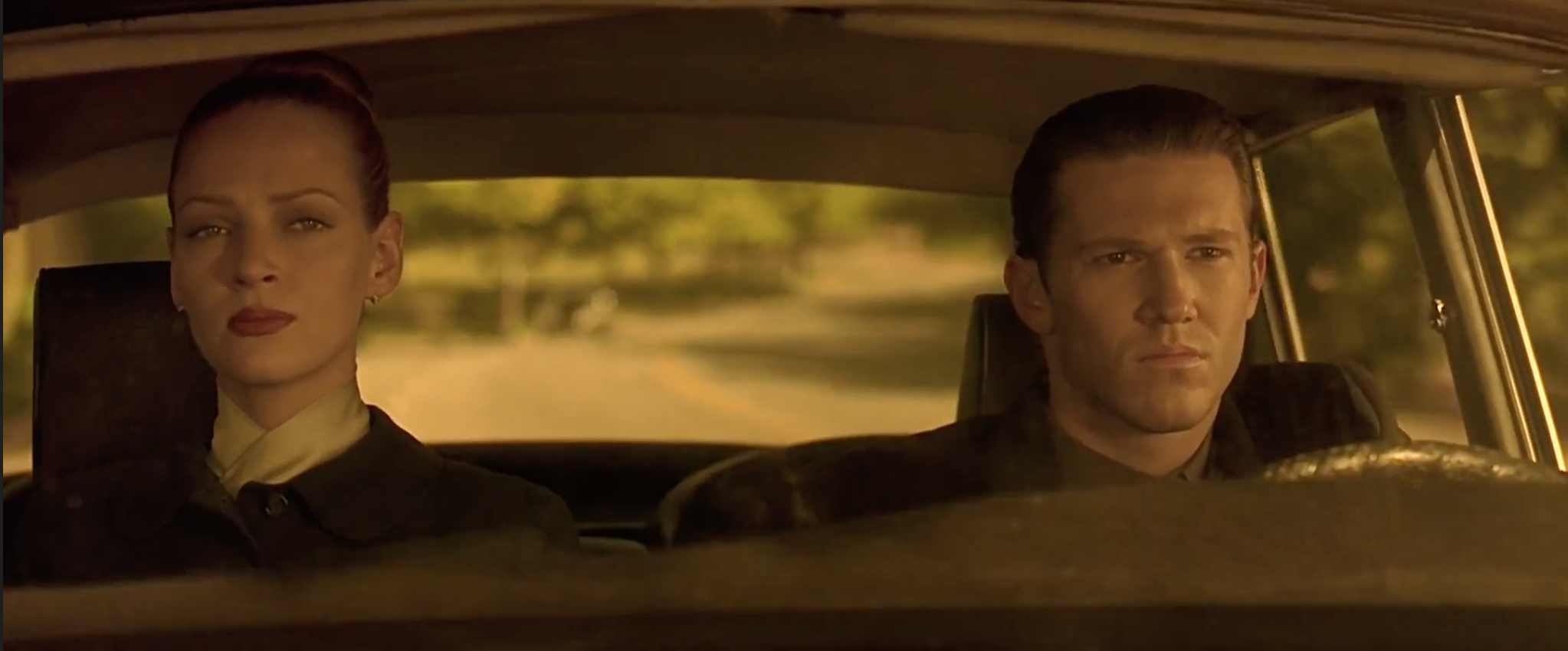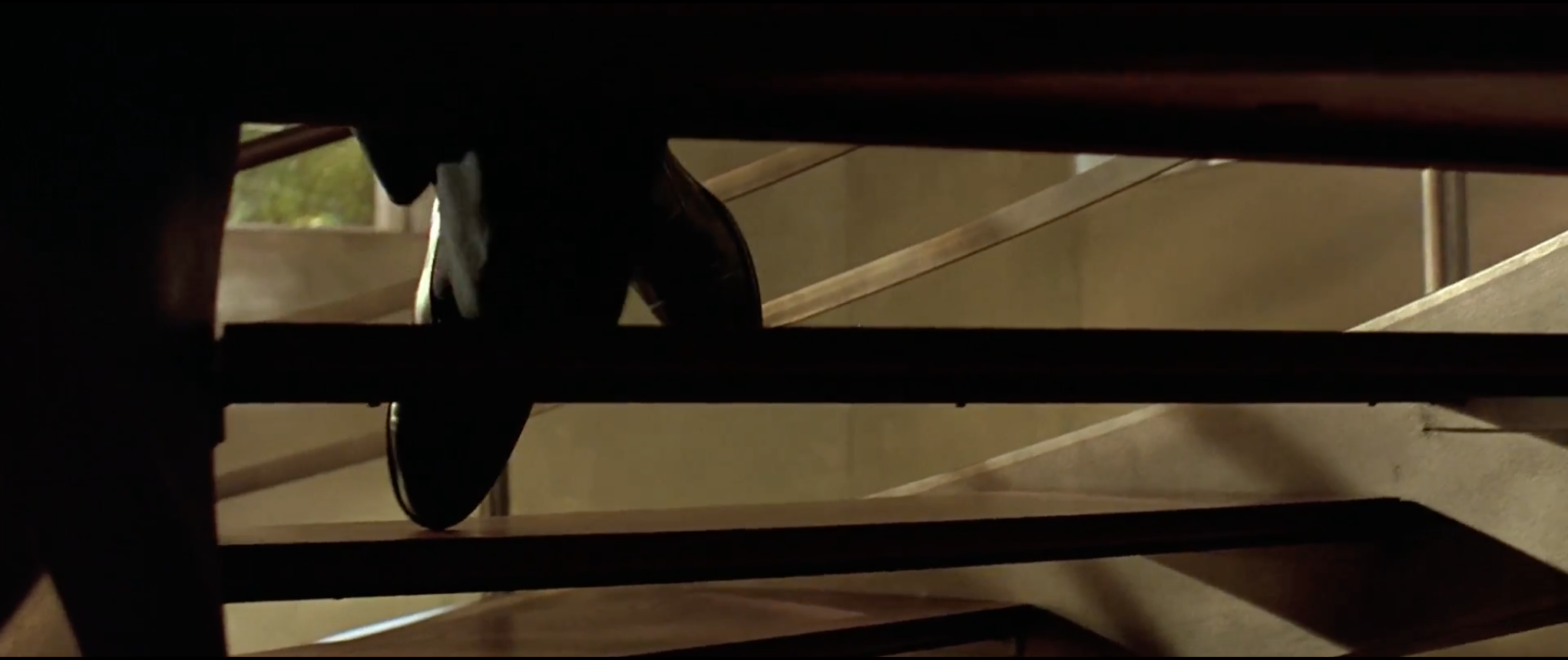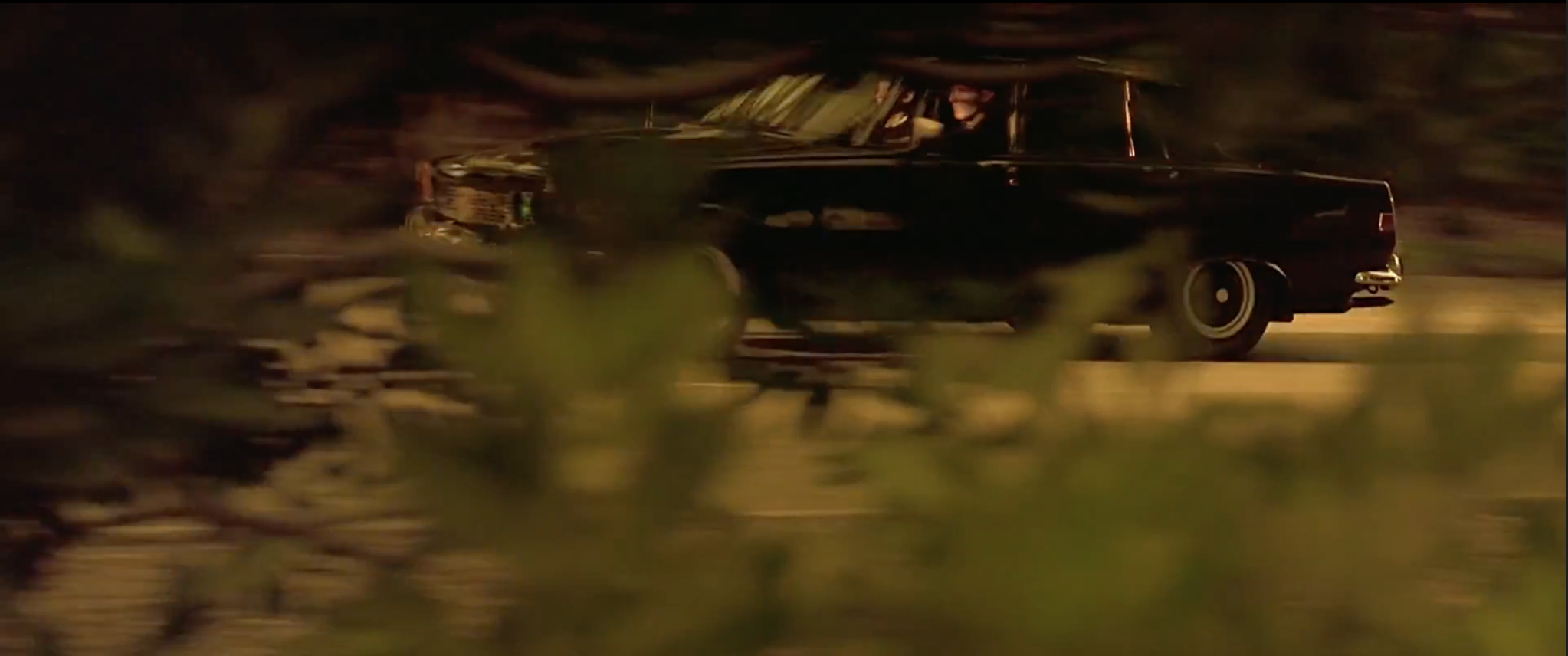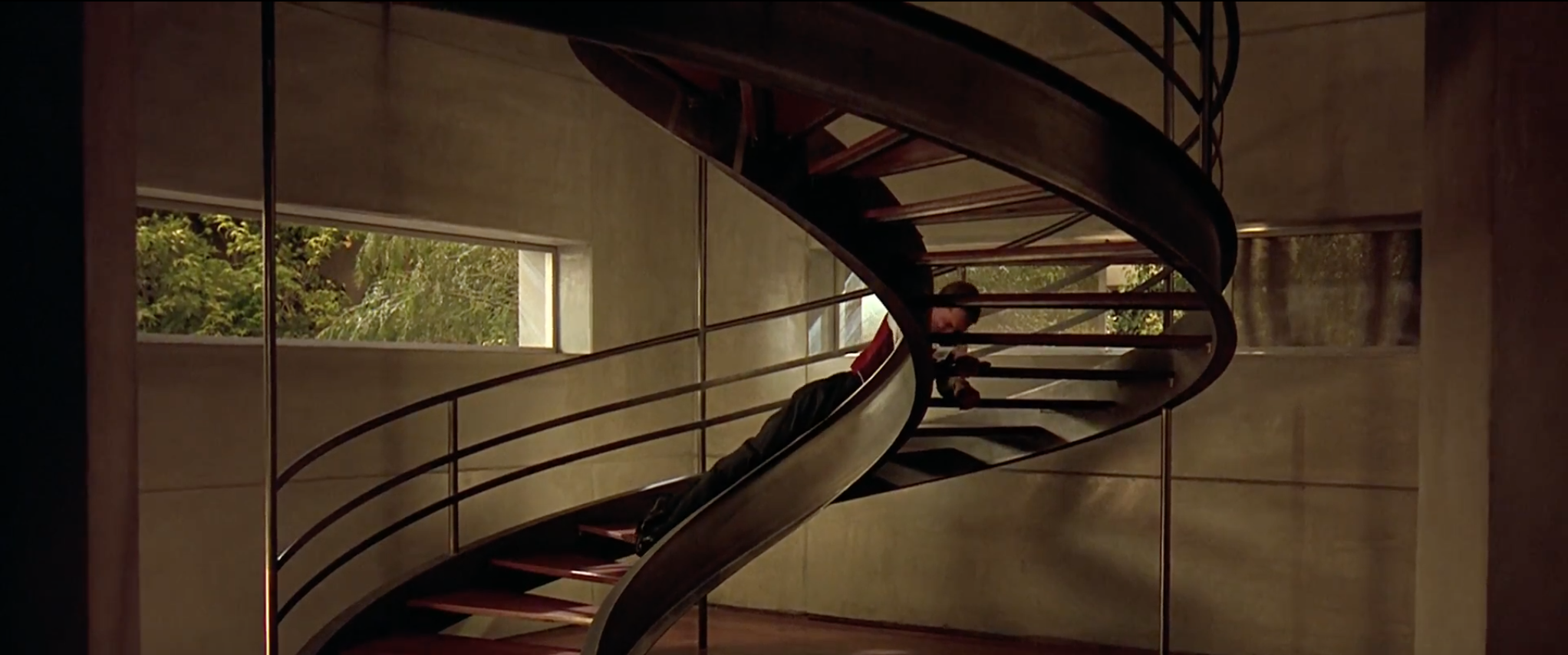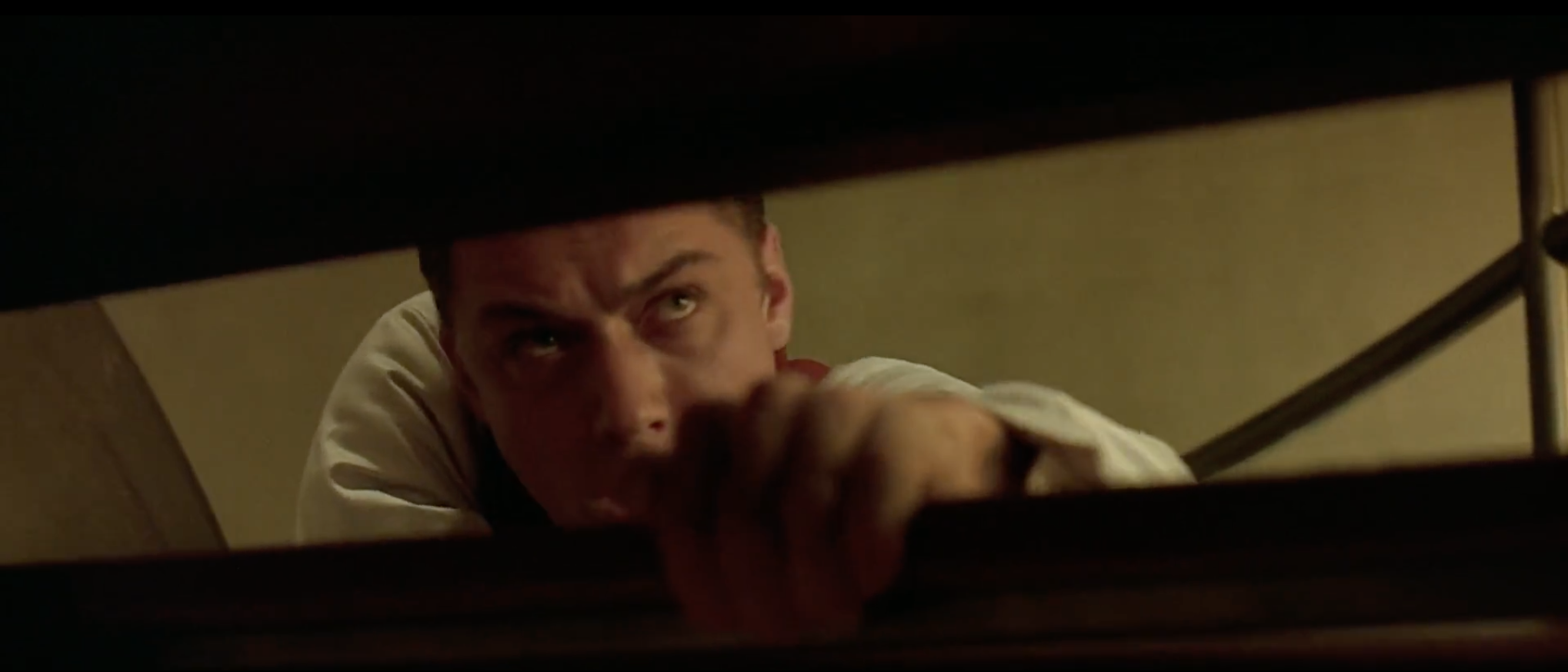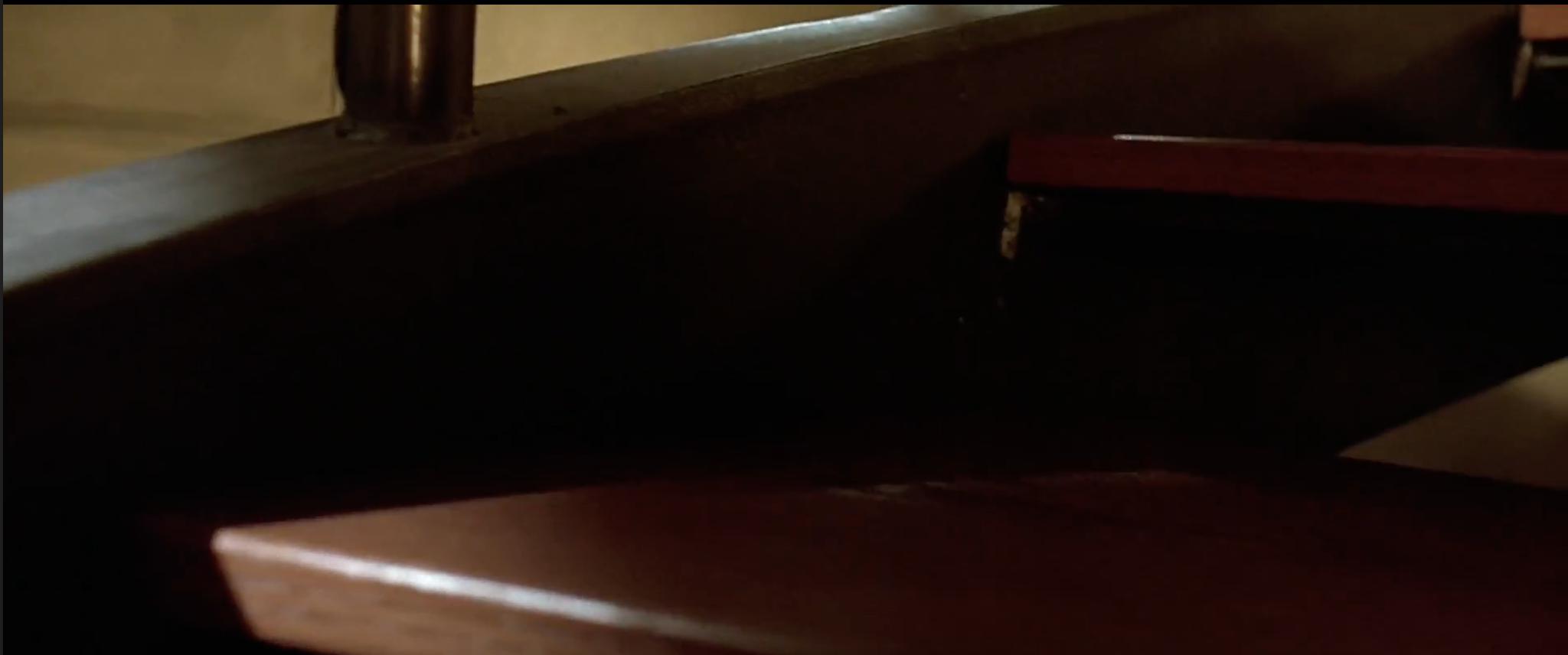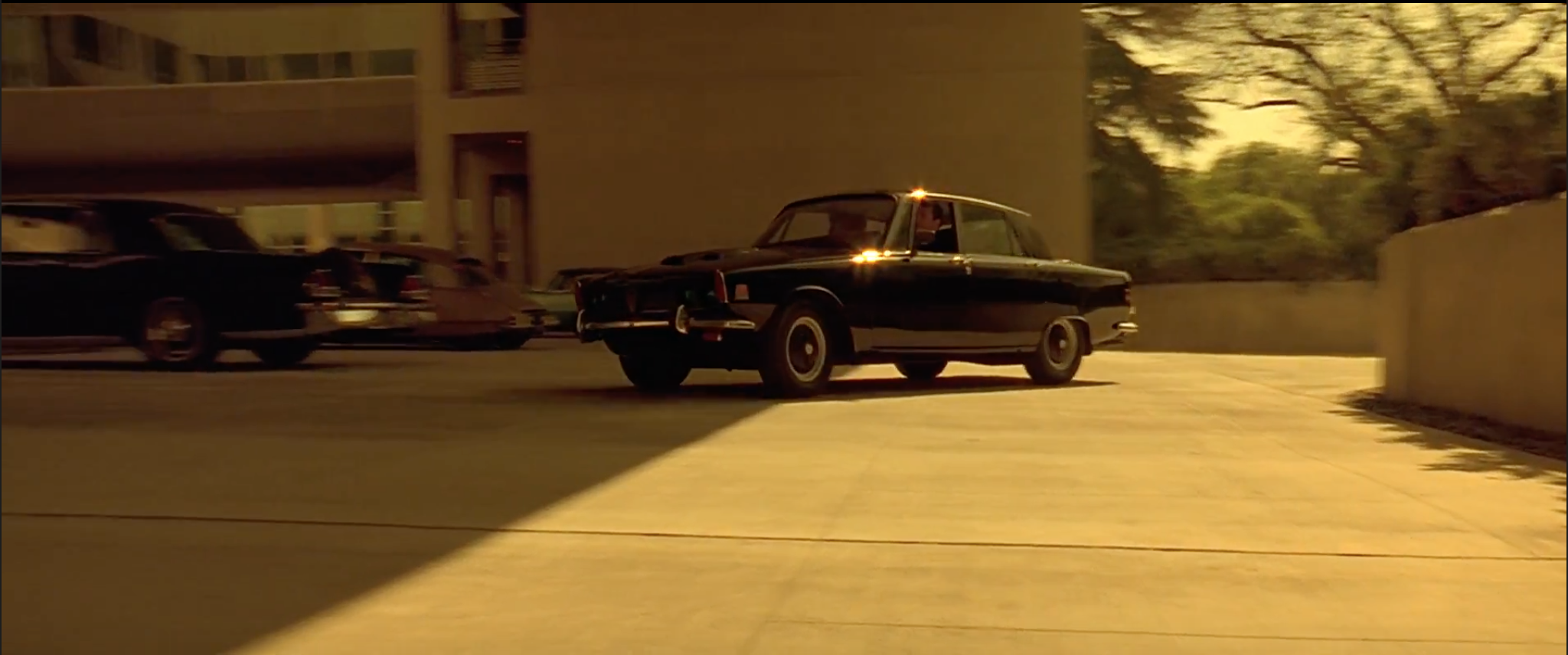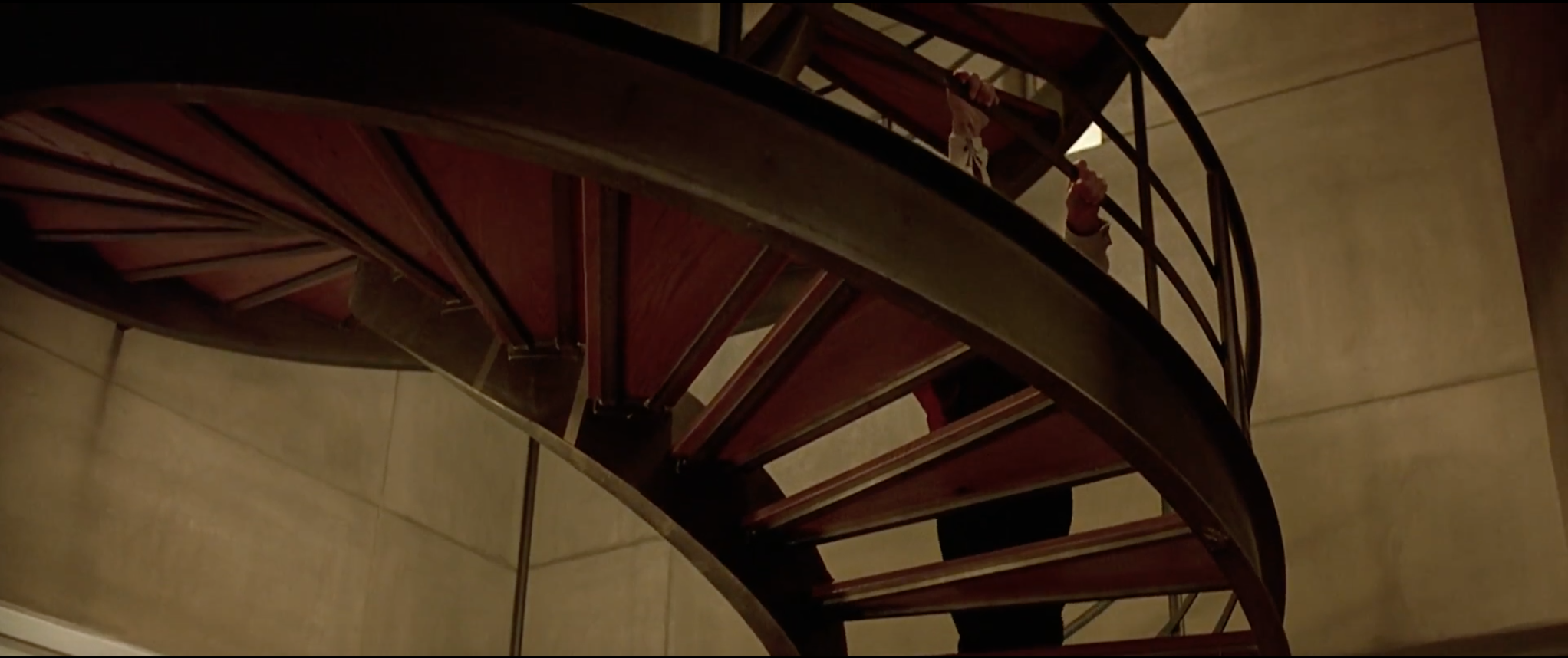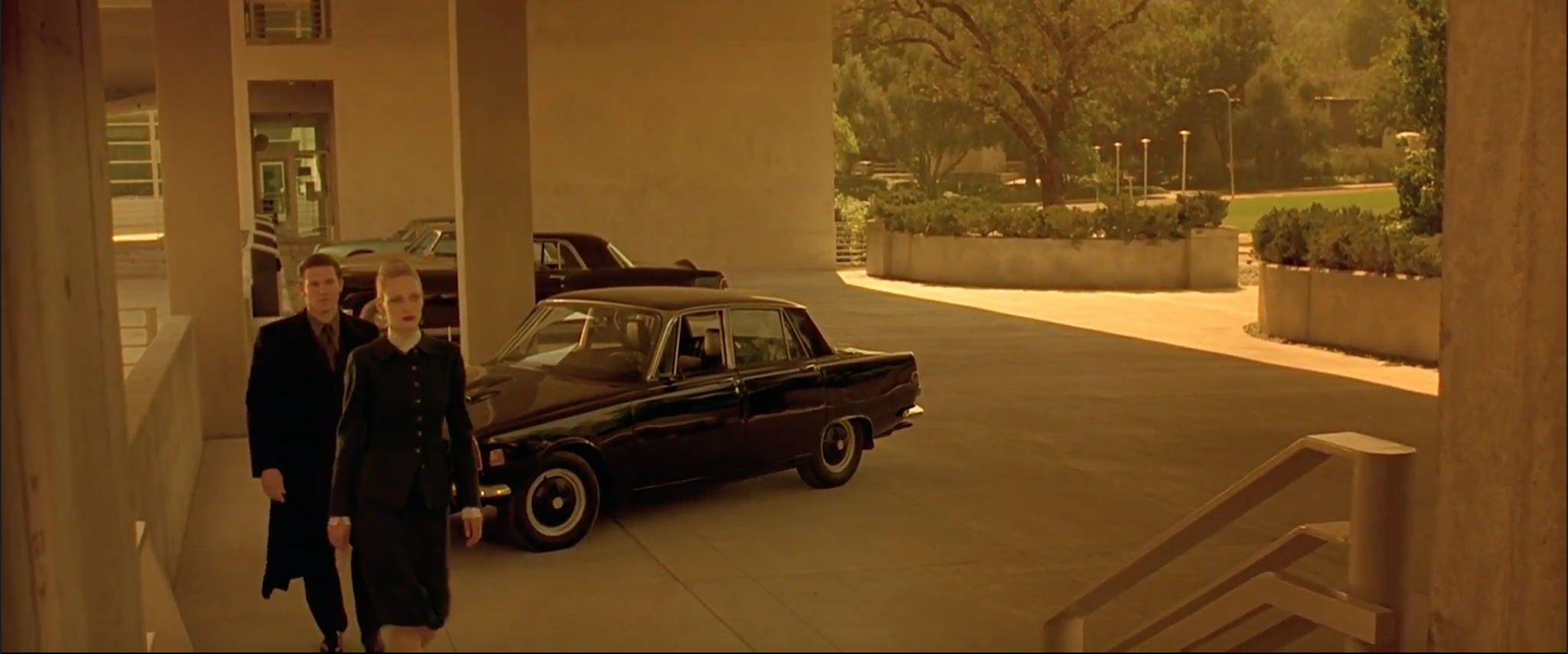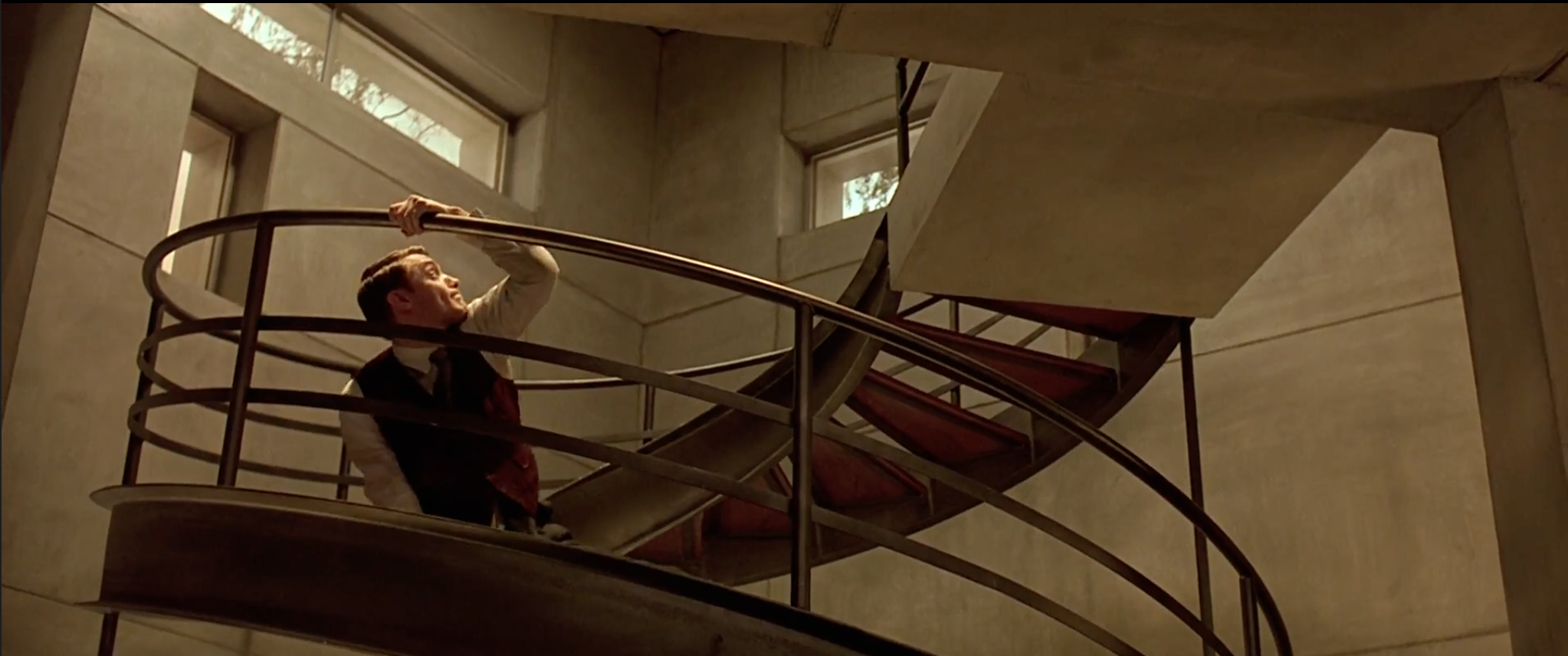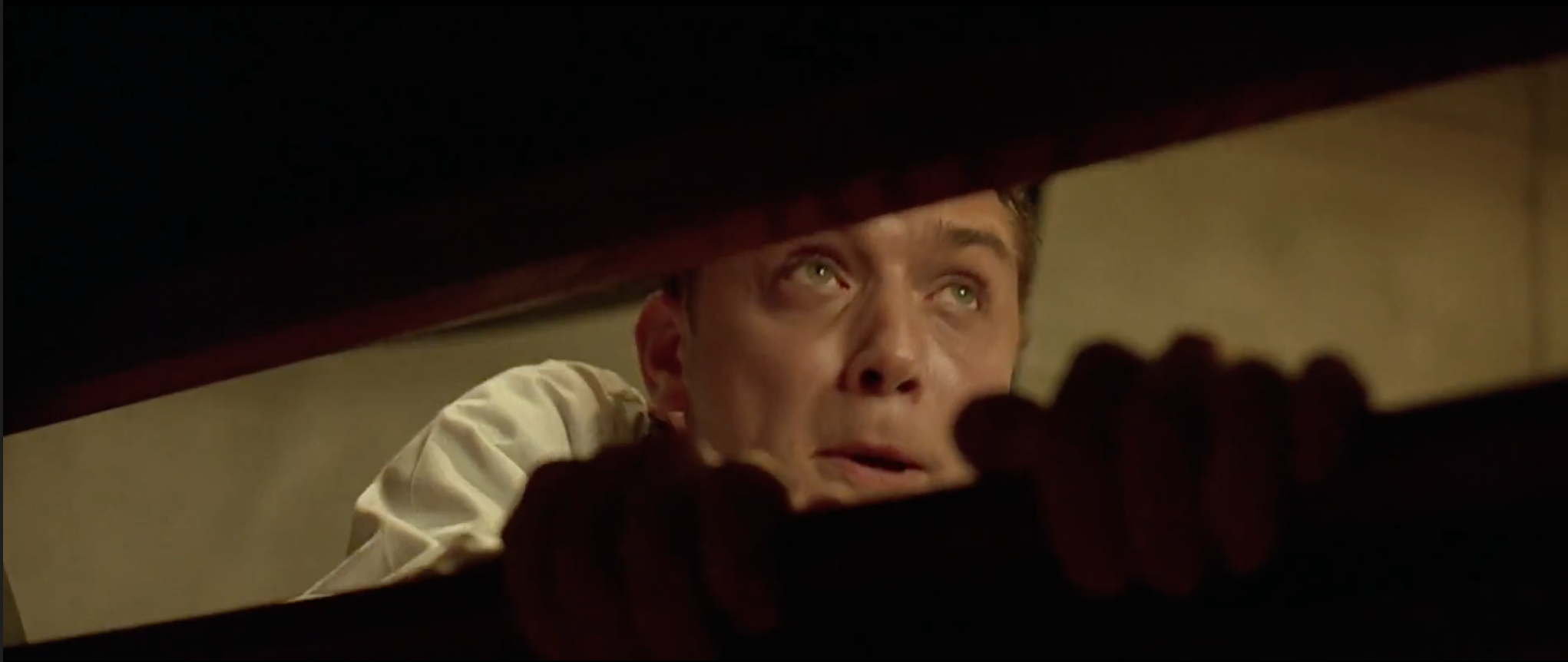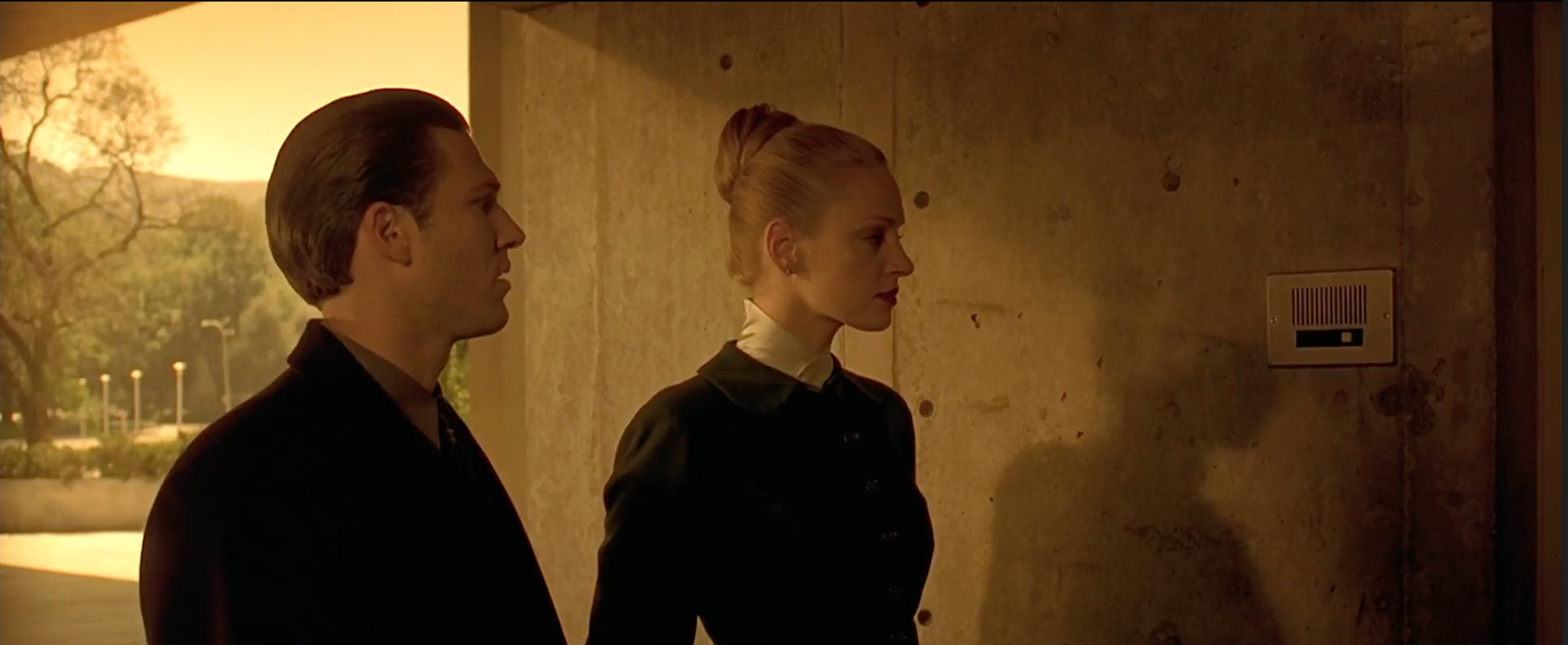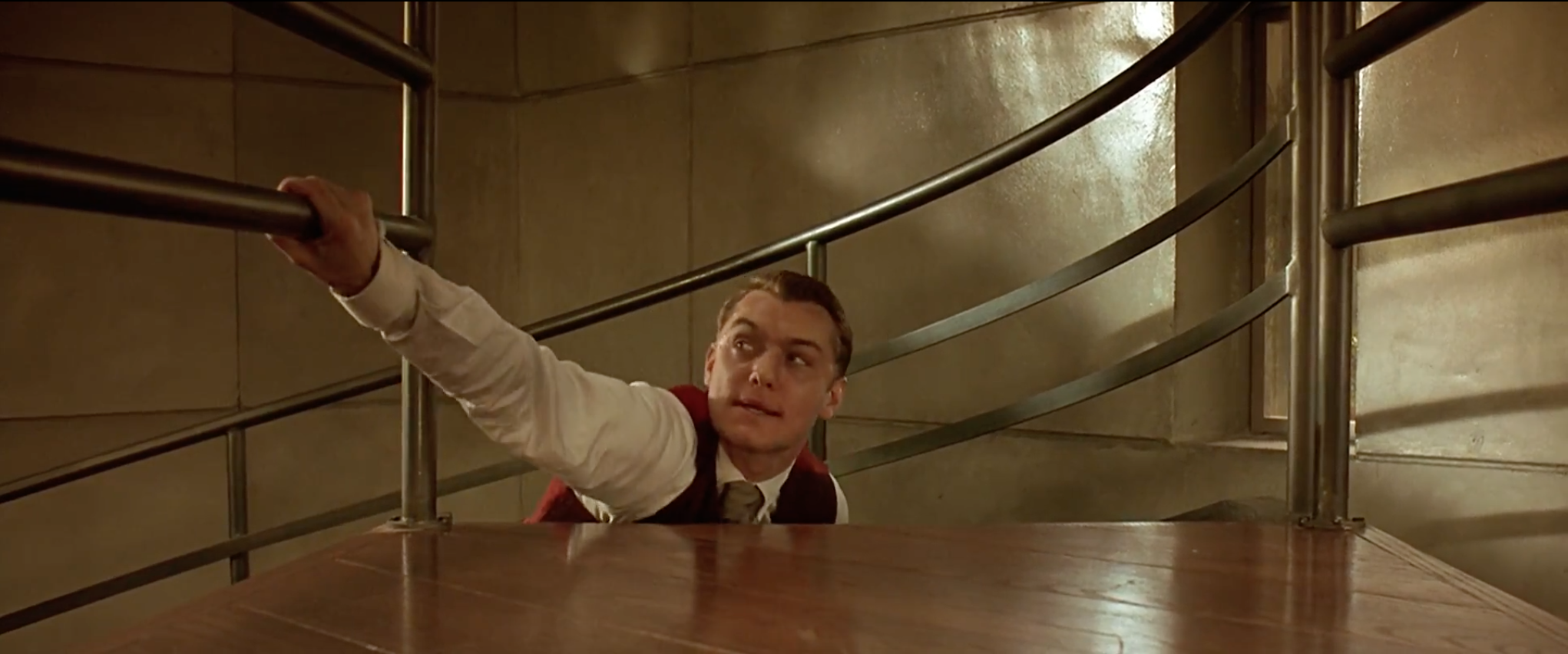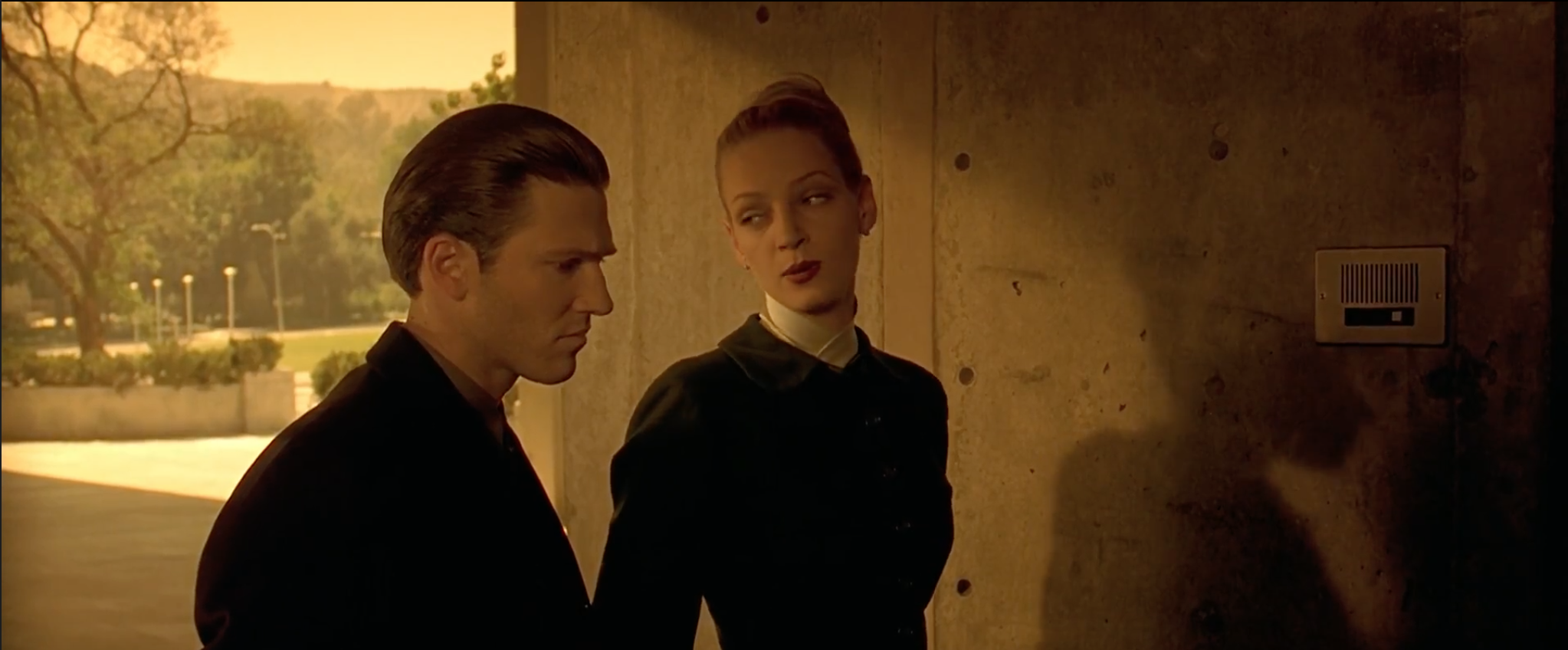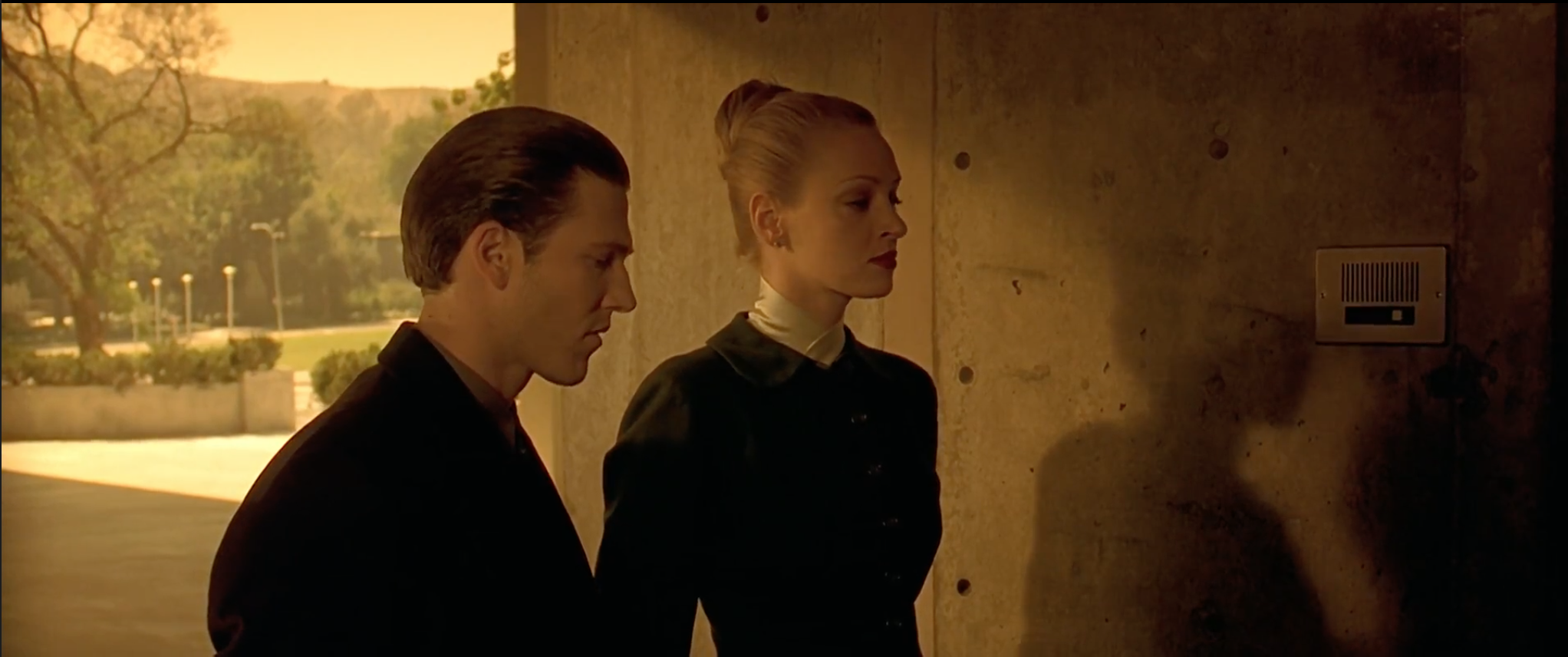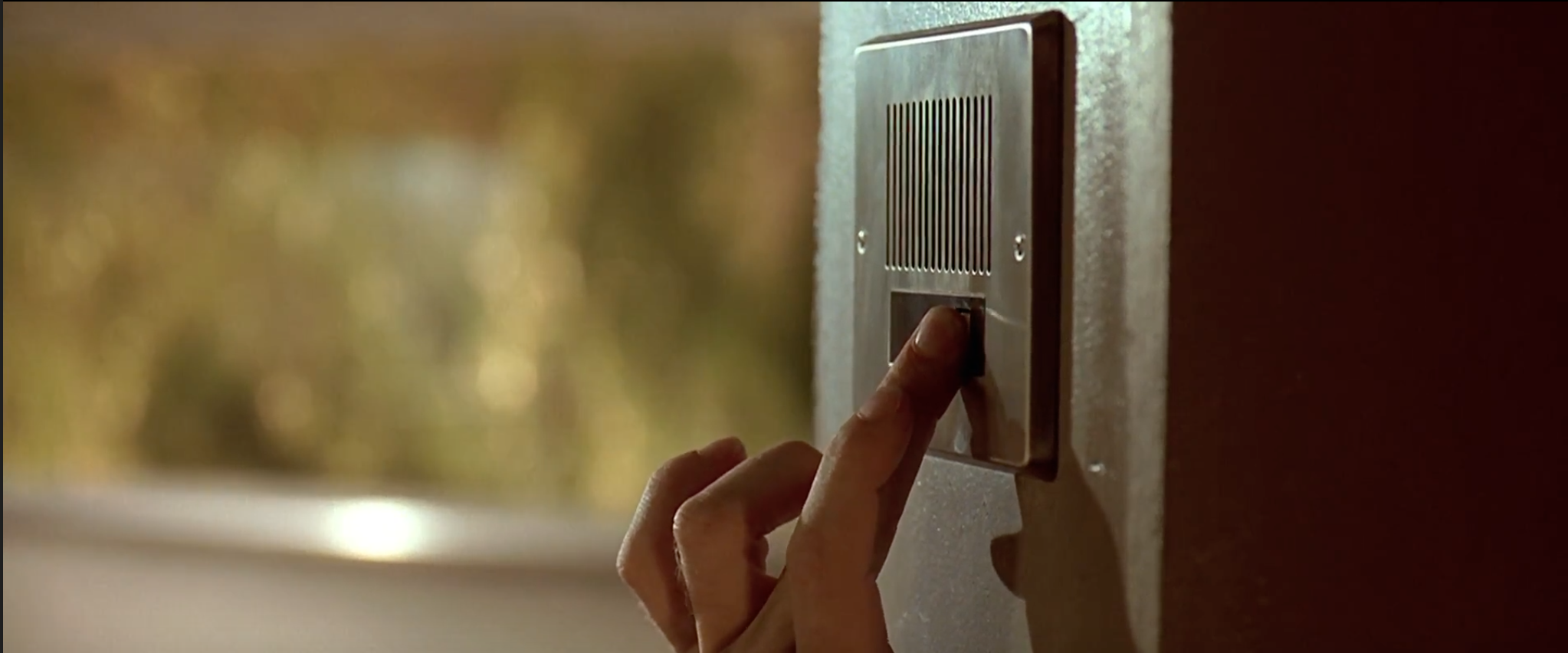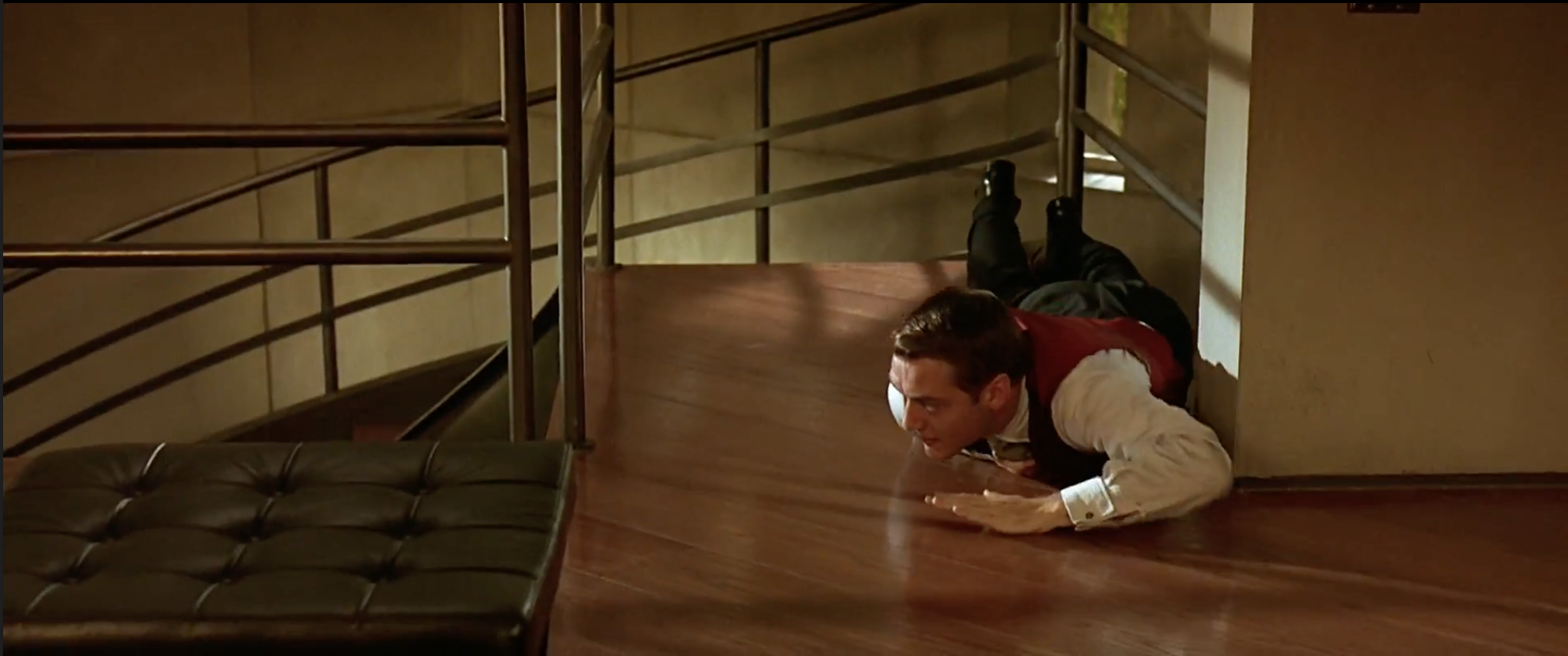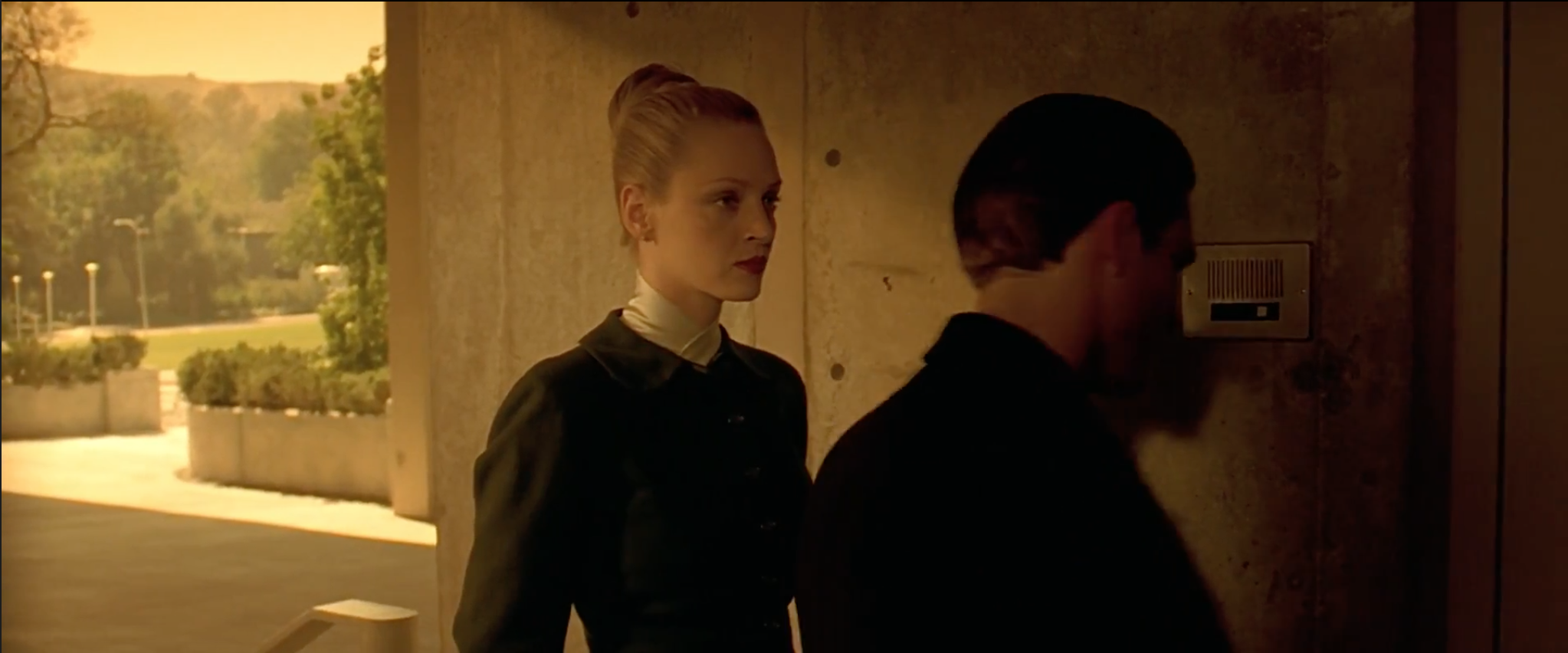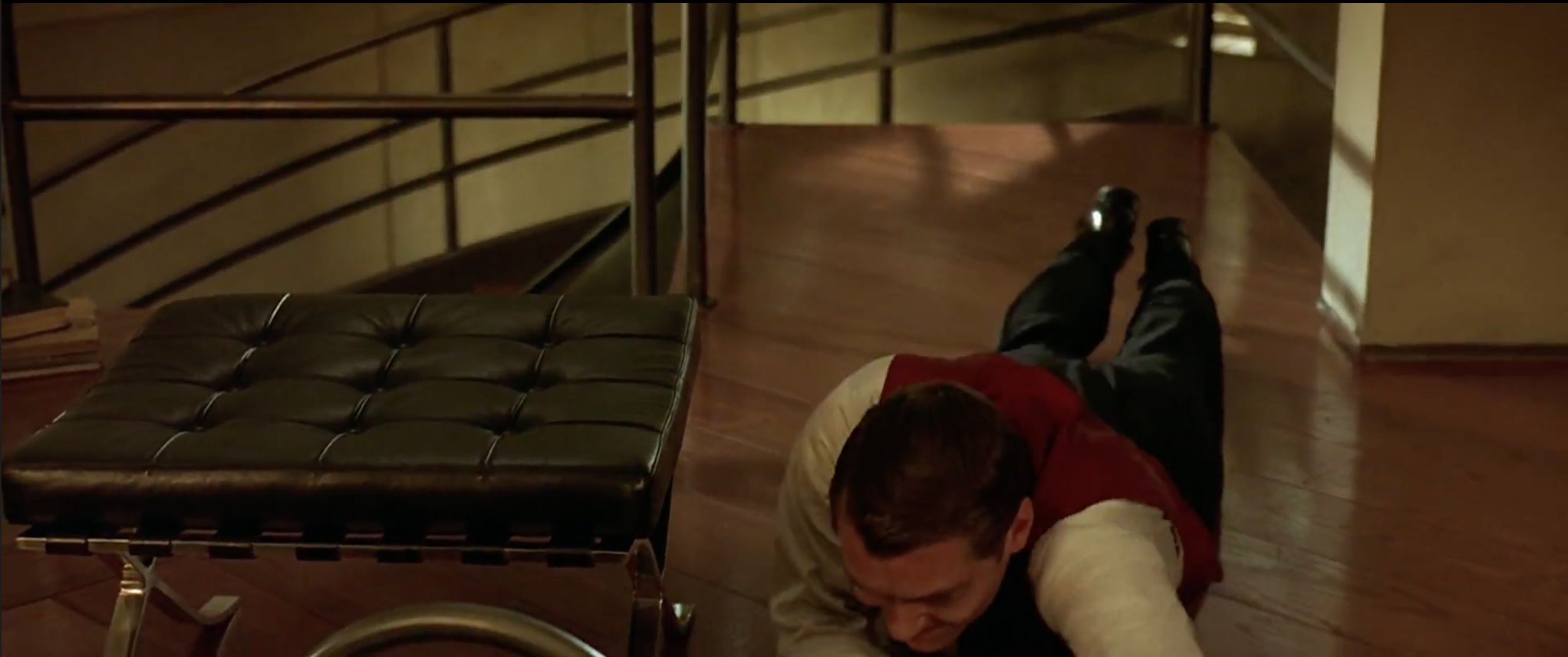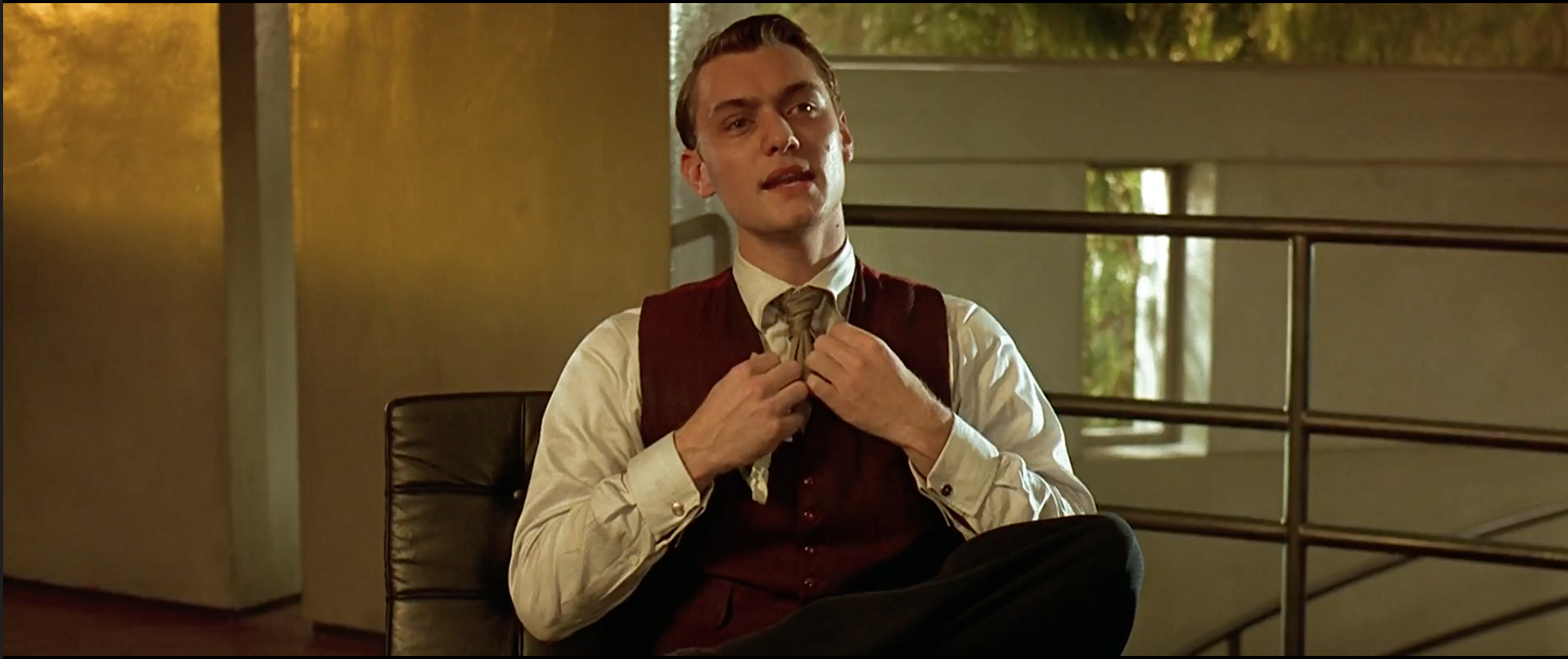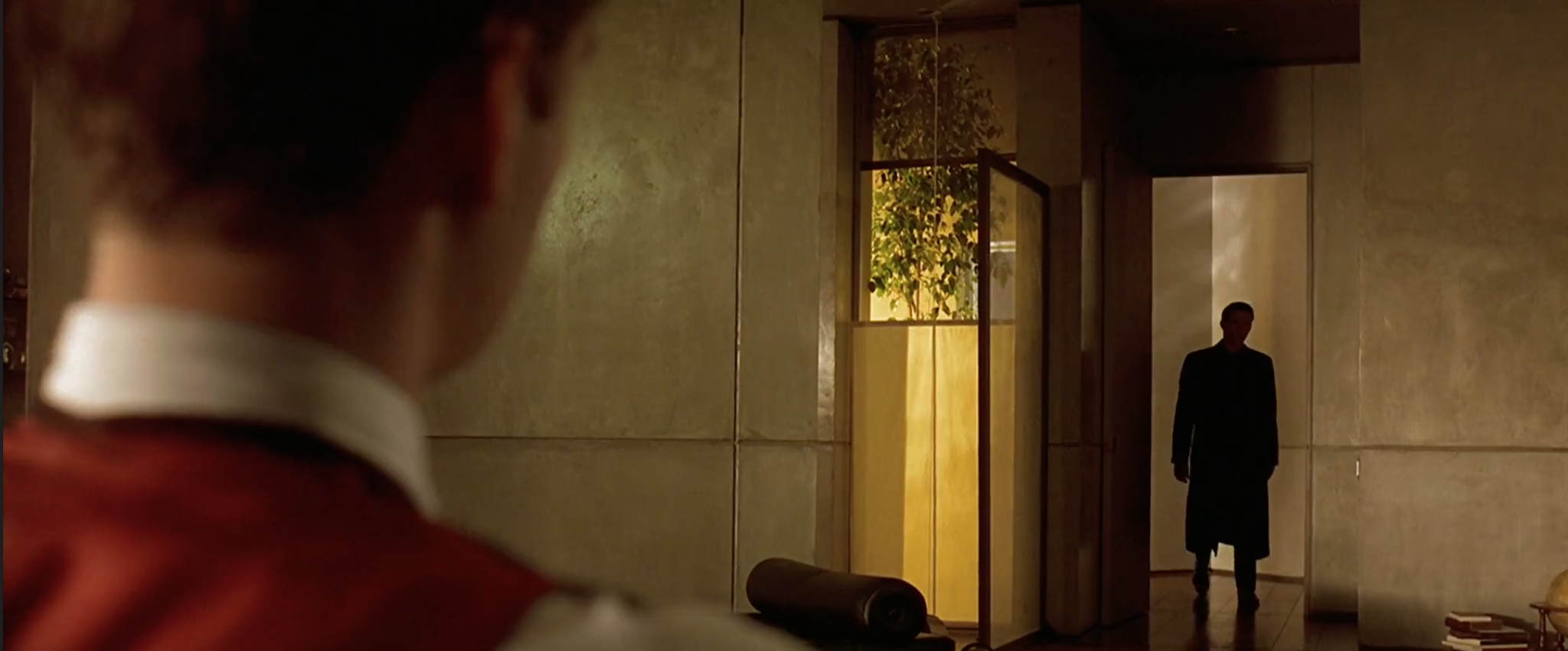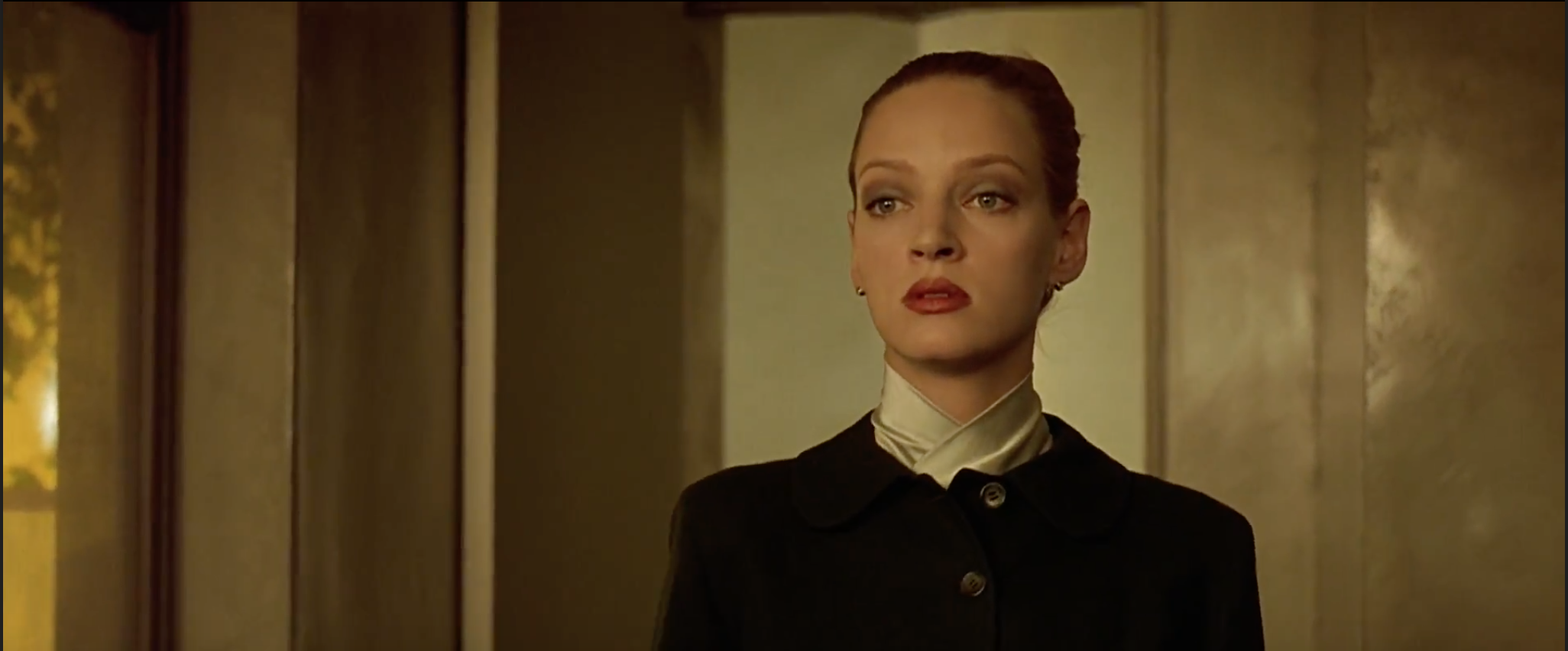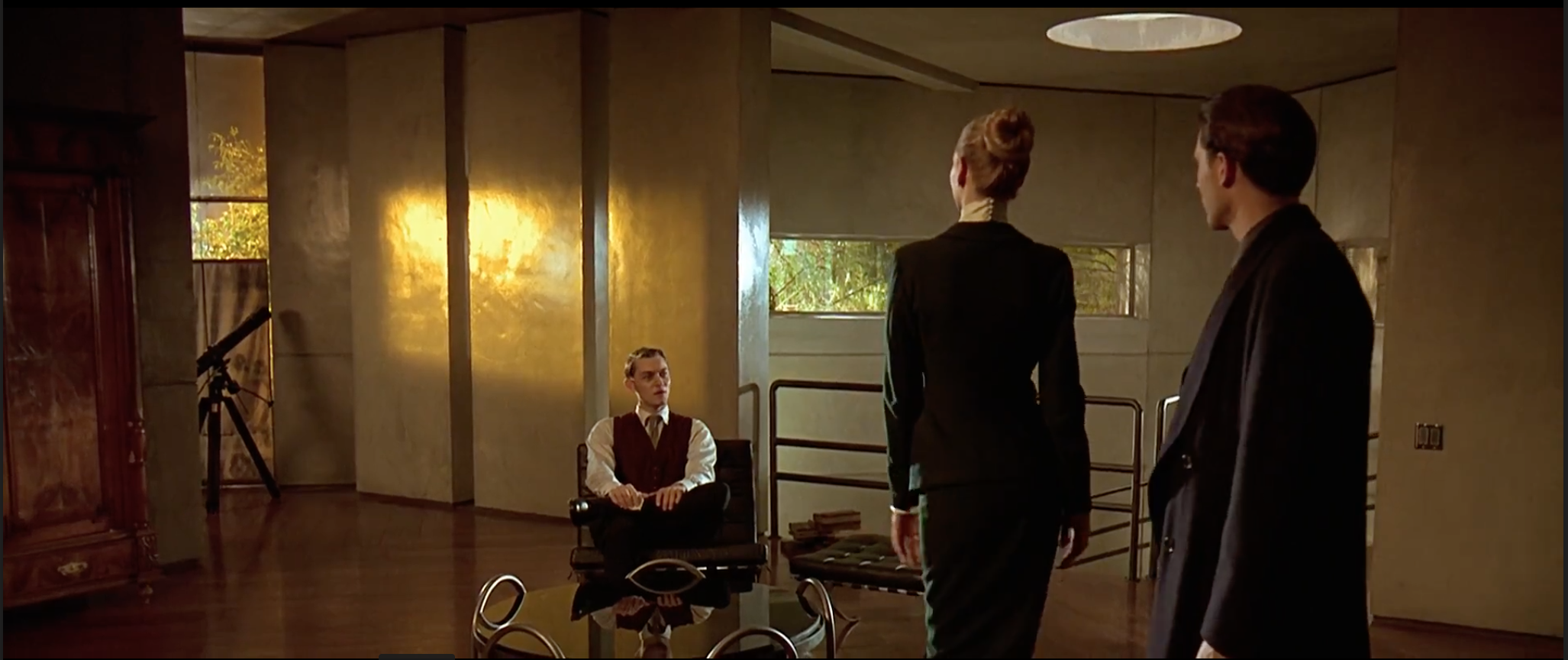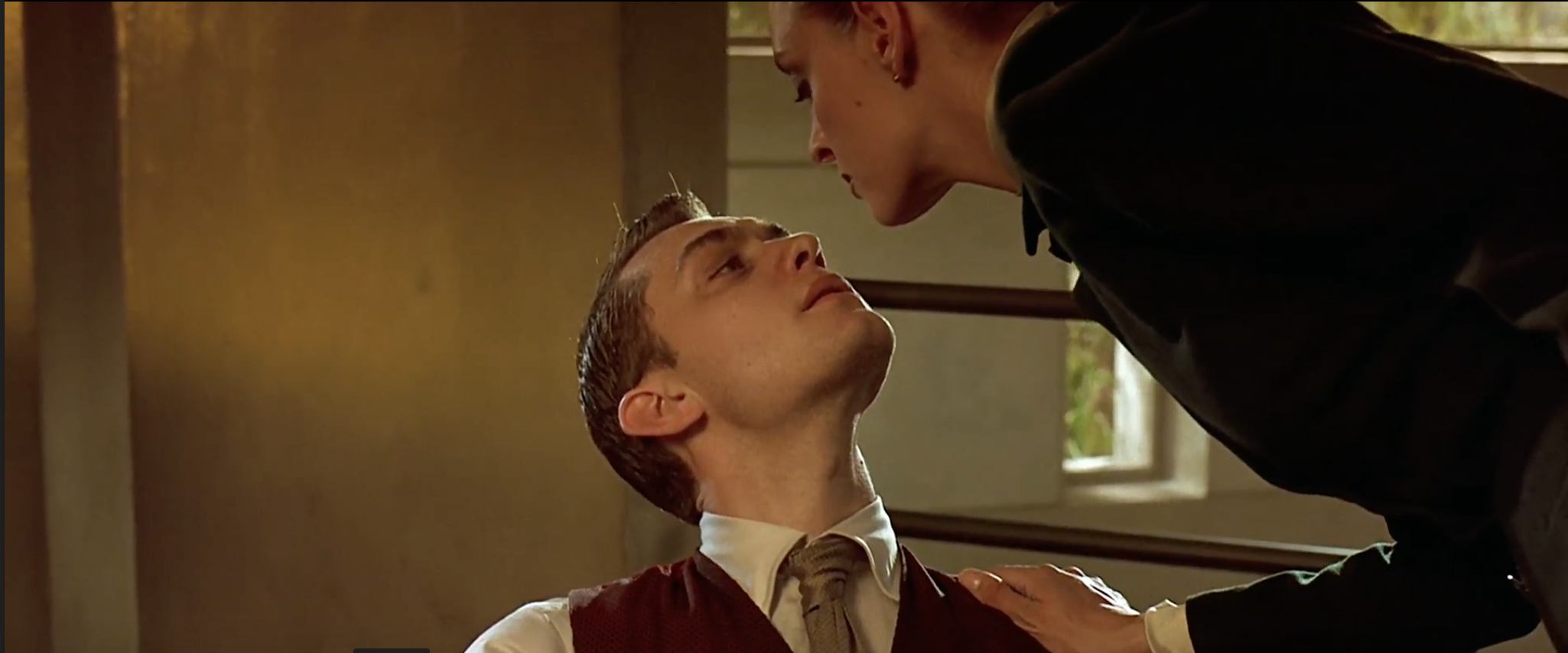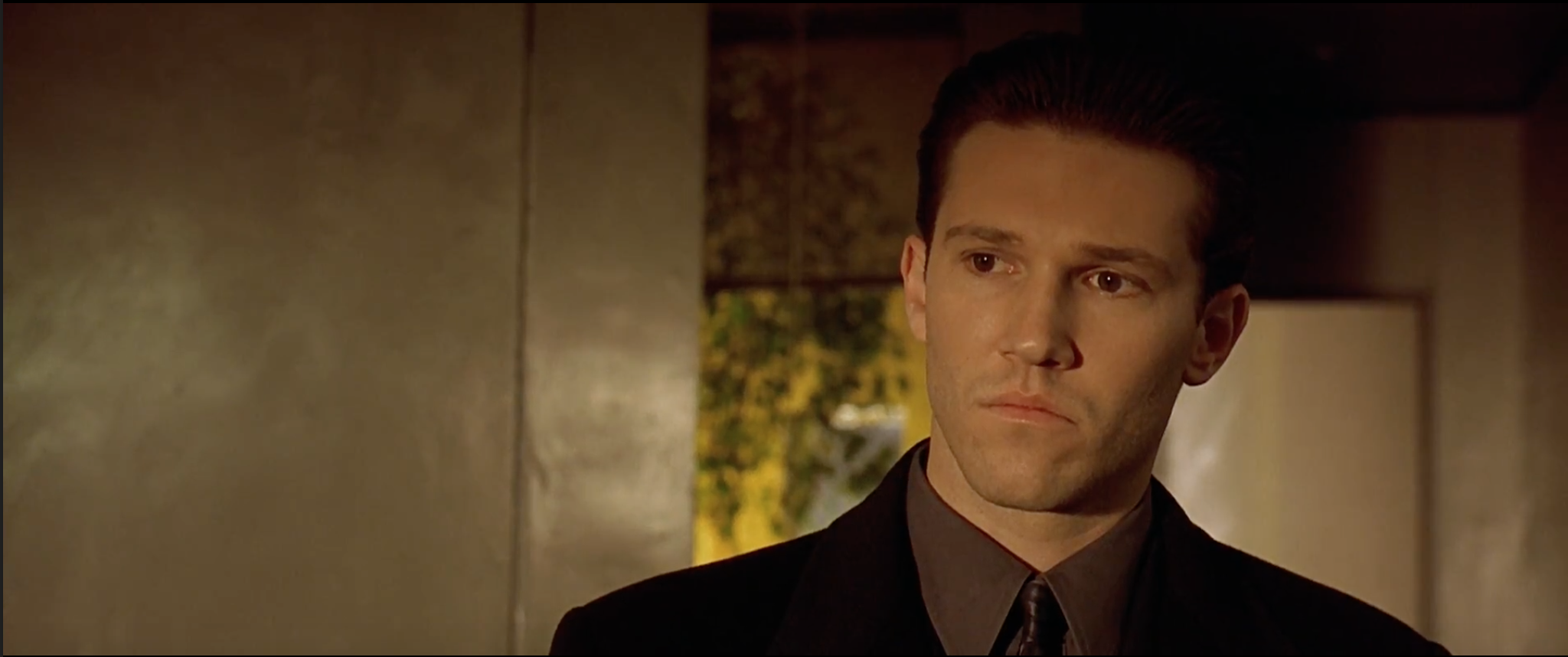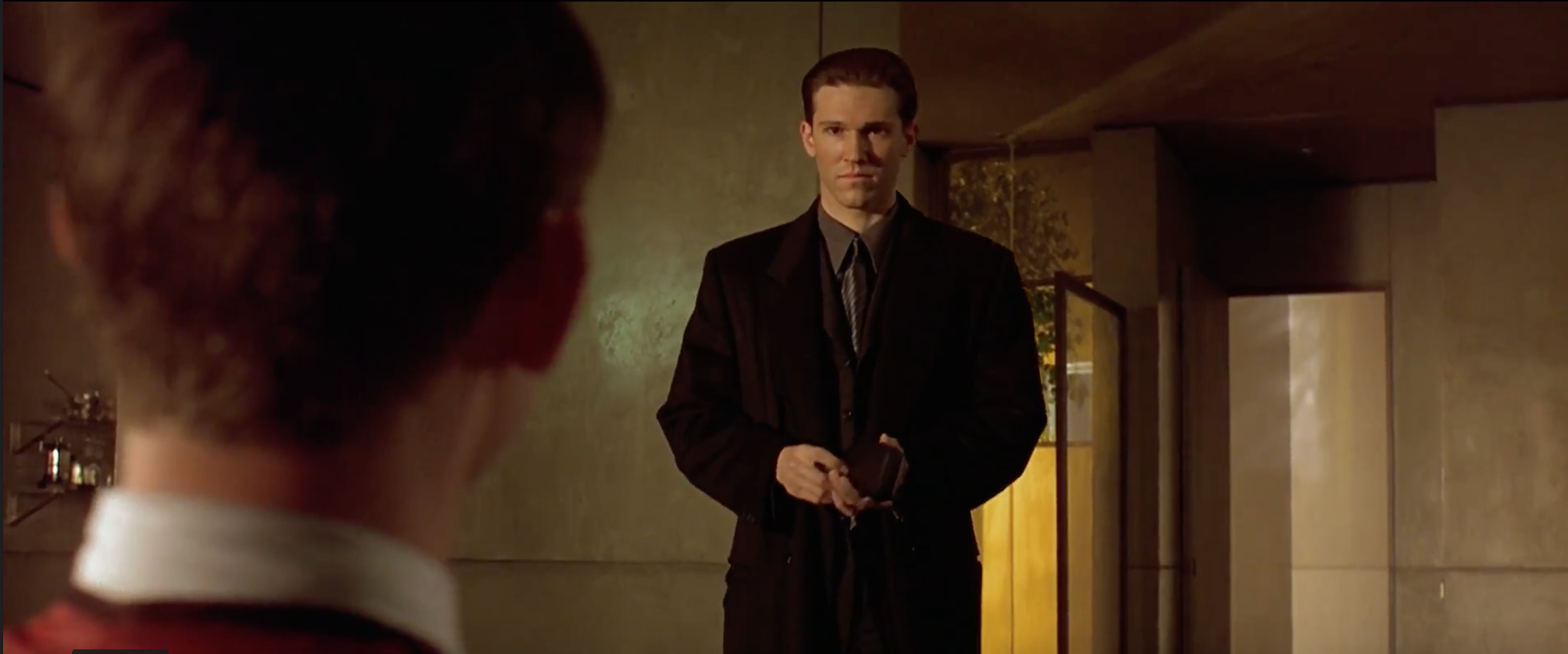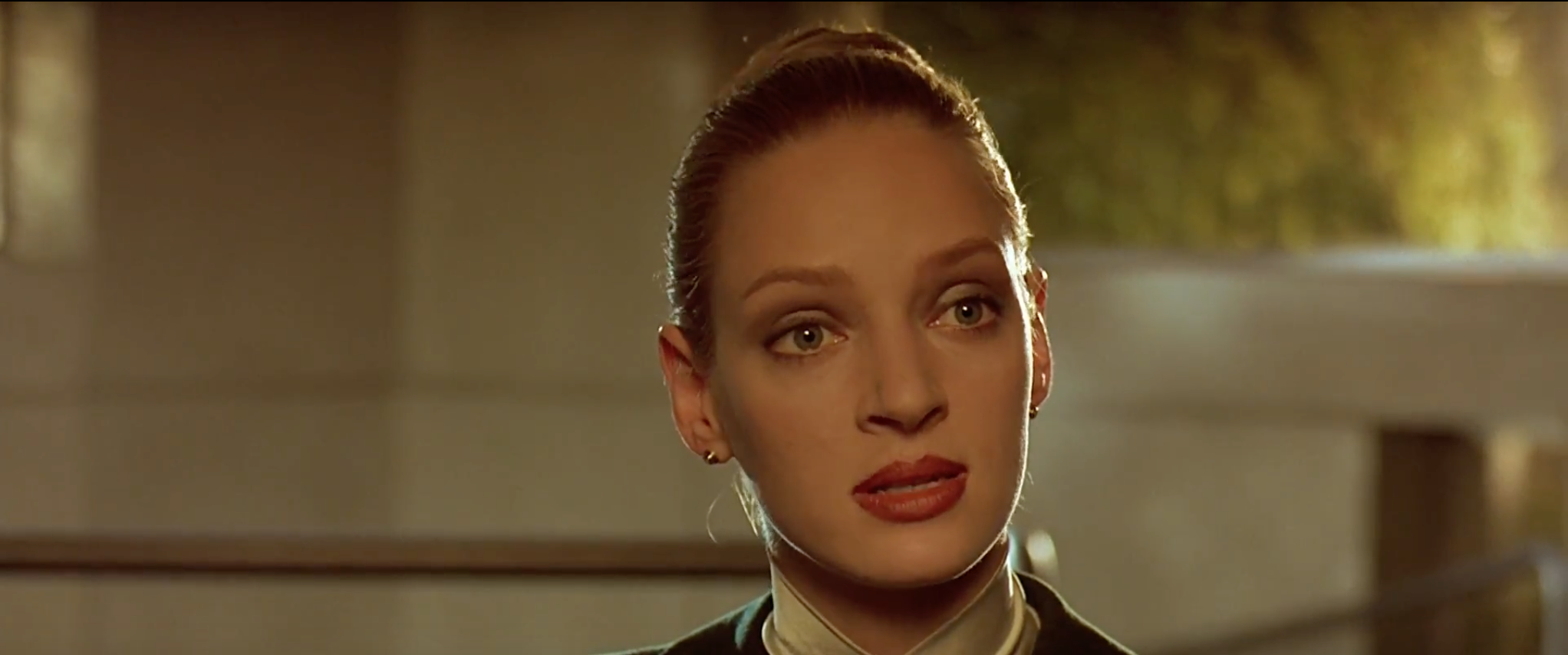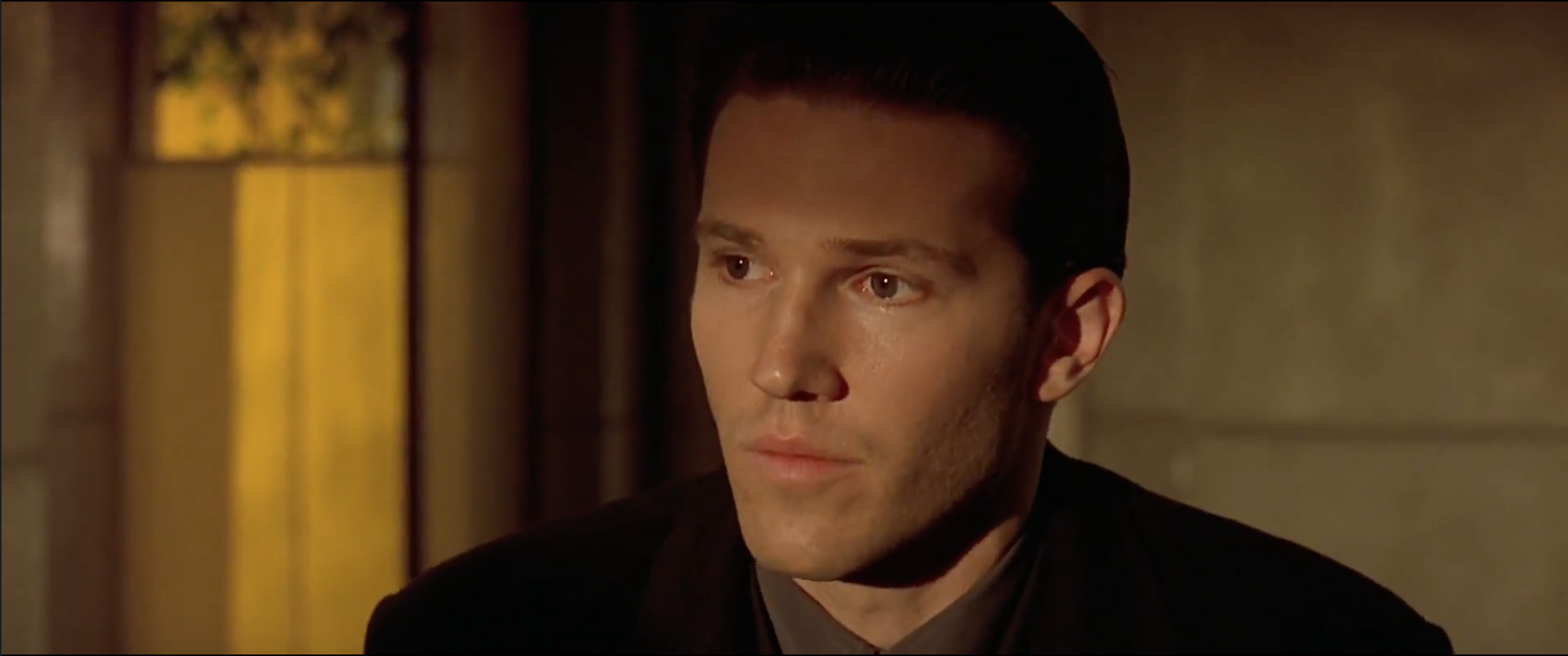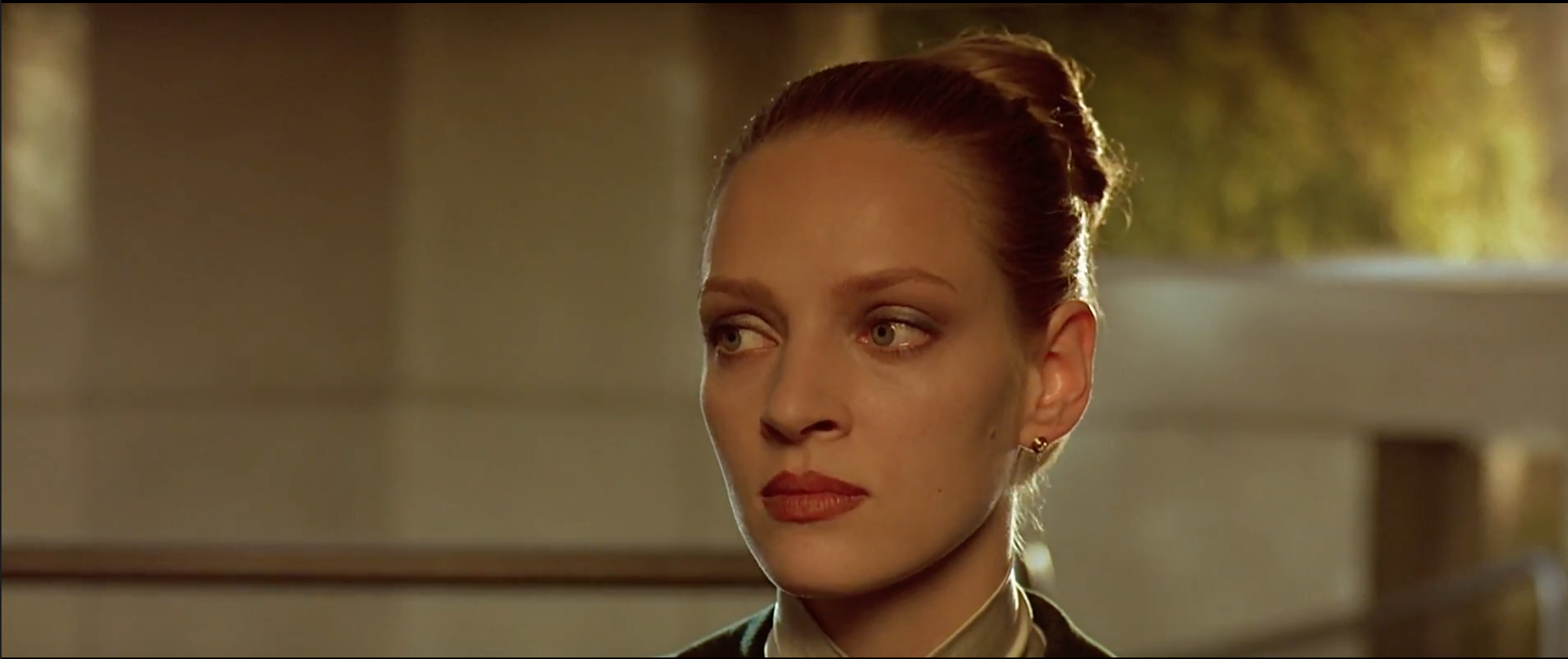Describe at least one important object or symbol in the written text(s).
Explain why this object or symbol helped you to understand at least one character.
Note: A symbol could be a place, person, or thing that represents something more than itself
In the text “Macbeth” by William Shakespeare blood is a very important symbol. As it does in our lives, blood represents life and death in the text. But, the symbolism of guilt surrounding blood helped me understand the two main characters of the play, Macbeth and Lady Macbeth. Shakespeare has used this symbolism throughout the play in these characters quotations to amplify the impact and depth of the characters emotions. The use of blood gives aid to the imagery of the key messages Shakespeare is communicating. For example, the decisions you make will stain you like blood stains clothes.
During the entirety of the play blood is an important symbol of guilt and the first we hear of this is from Lady Macbeth. After reading her husband’s letter containing the prediction of Macbeth becoming king Lady Macbeth exclaims “… make thick my blood and stop up the access and passage to remorse…”. She has already decided she will do anything to fulfil this foresight as we can tell from her saying this quote. She would like her “blood to become thick” so it will block her feelings. Once “the passage to remorse” is blocked she will be free to commit any number of crimes without guilt. At this time in the play blood is seen as a symbol of preventing guilt which is ironic when considering the following connotations. But from the use of this symbol in this context we understand that at this time L.M. has ‘thin blood’ because she is wanting ‘thick blood’ and we know that she is capable of feeling guilt. From this use of the symbol, blood and the seeming ‘capabilities’ of it we know a lot about the inside of Lady Macbeth. That she has dark intentions but not the heart to match is because she needs her blood to clog up the source of guilt.
Next, Shakespeare uses the blood symbolism to show the impact and aftermath of Macbeth’s actions. In Act 2 Macbeth commits treason, killing King Duncan so he would become king. Macbeth says “Will all great Neptune’s ocean wash this blood clean from my hands?” Blood is clinging to his hands like his guilt is clinging to his heart. Macbeth asks if all the water in the world could wash off Duncan’s blood from his hands. Then he goes on to answer his own question: “making the green one red”. Shakespeare has created an awful imagery of blood polluting all the oceans and rivers. But, blood represents guilt, so Shakespeare has using this hyperbole of the blood on Macbeth’s hand making the all clean water red to implies that his guilt is contagious. And it is. In the following scenes Lady Macbeth contracts this guilt from her husband and it leads her to insanity. She says “Here’s the smell of blood still / all the perfumes of Arabia will not sweeten this little hand!”. She can still sense “the guilt” on her even with every distraction. This use of blood in the previous quotation helps us understand that Macbeth is a person, not surprisingly is affected by killing a man. The blood of Duncan’s on his hands connects him to the actions he has just carried out and so, it represents his guilt for what he has done. The blood will wash off, contrary to what Macbeth says but in his mind it will stay forever.
There is no real way to escape guilt as intense as the guilt Shakespeare has created for Macbeth and Lady Macbeth. This is because the cause of their guilt is killing people and you can’t really right your wrongs and bring them back to life. When you take such extreme actions you can’t turn back. “I am in blood, stepp’d in so far that should I wade no more returning were as tedious as I go’er”. Macbeth says he is so far in ‘blood’ that he may as well keep on his track of darkness because the way back to happy existence is the same distance. The line invokes the image of a river of blood where Macbeth is standing in the middle between the two banks. This is yet another example of Shakespeare’s use of blood to represent guilt. “I am in blood” is not saying that Macbeth is standing in blood, he is not in fact standing in blood. The blood represents the blood spilled in his past from Duncan and Banquo. Instead he feels as if he is surrounded by guilt. From this use of symbolism and the surrounding information we understand that Macbeth’s guilt is now a part of him and the ‘blood’ has not been cleaned off. This character is now defined by his mistakes and has no bother about making more (there is already blood on his hands). Throughout the play the symbol of blood has let us understand the impact guilt has had on the character, Macbeth. It helped us understand that Macbeth’s mind has deteriorated from his guilt.
Shakespeare has created a symbol of blood that carries the connotations of guilt throughout the play. It has helped us understand the characters, Macbeth and Lady Macbeth because the characters we got to know were shaped by their guilt. Shakespeare communicated this intense guilt with a symbol we already associate with death, creating meaning in the text. Actions as terrible as murder are irreversible and the guilt that sticks to you from your murderous actions will consume you. Your own guilt will lead you to your own end. “It will have blood, they say. Blood will have blood.”
